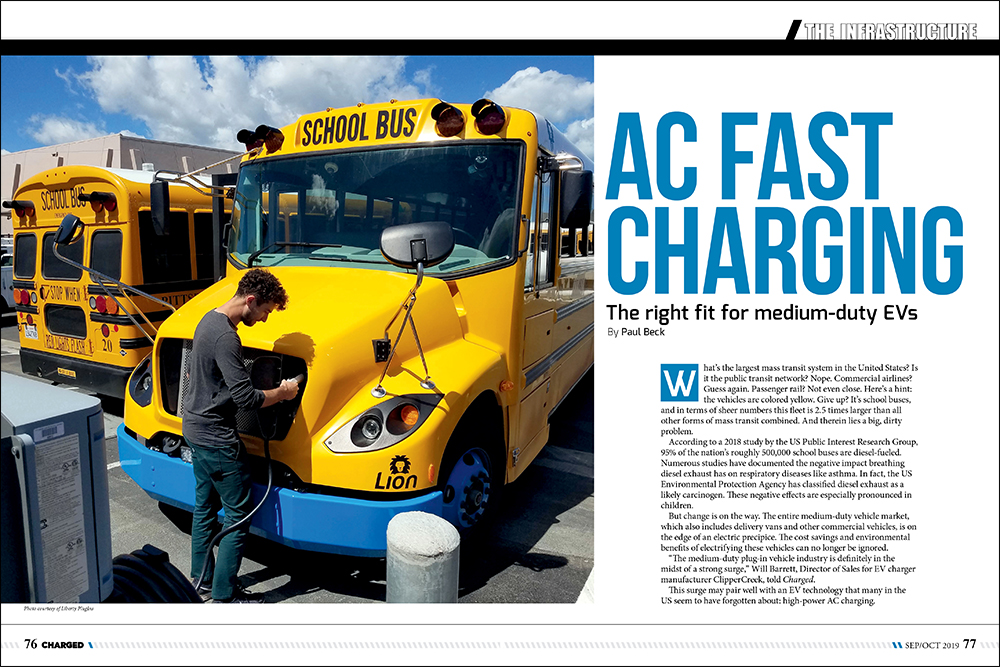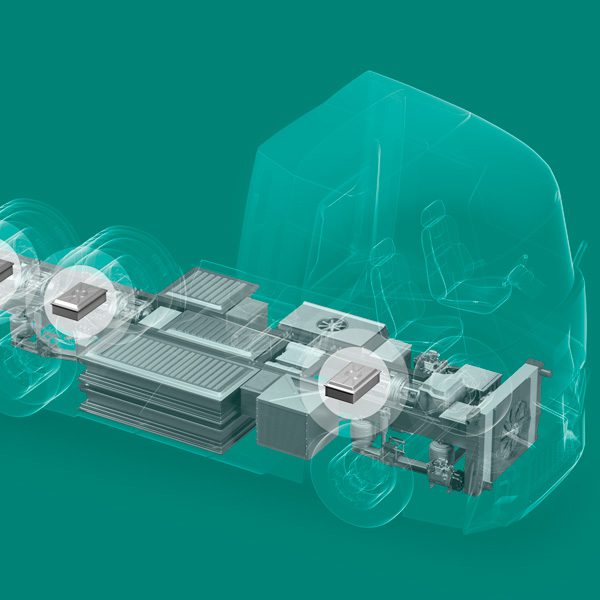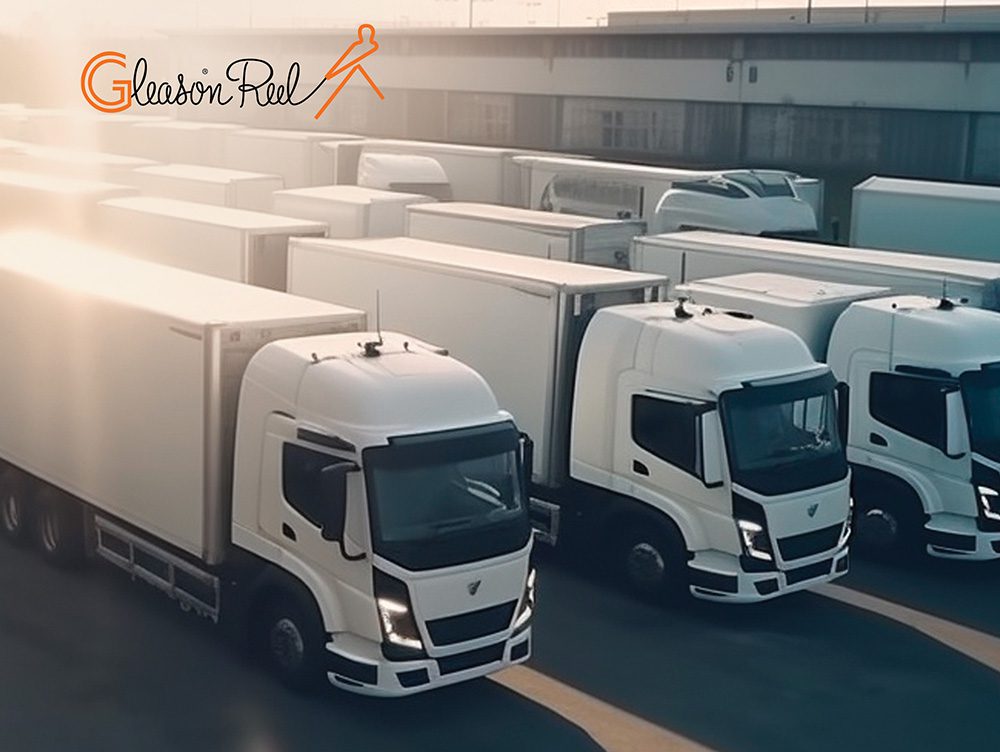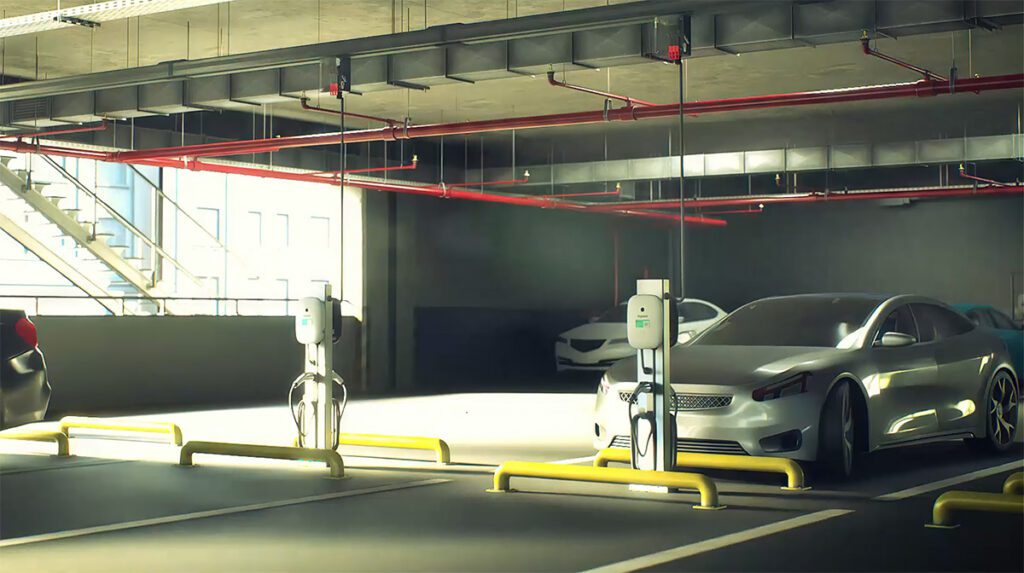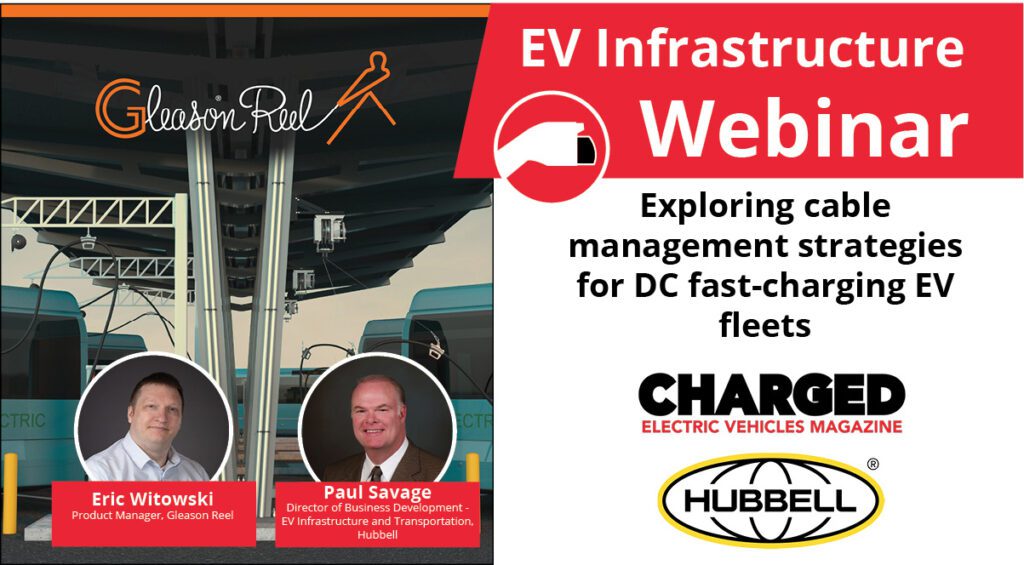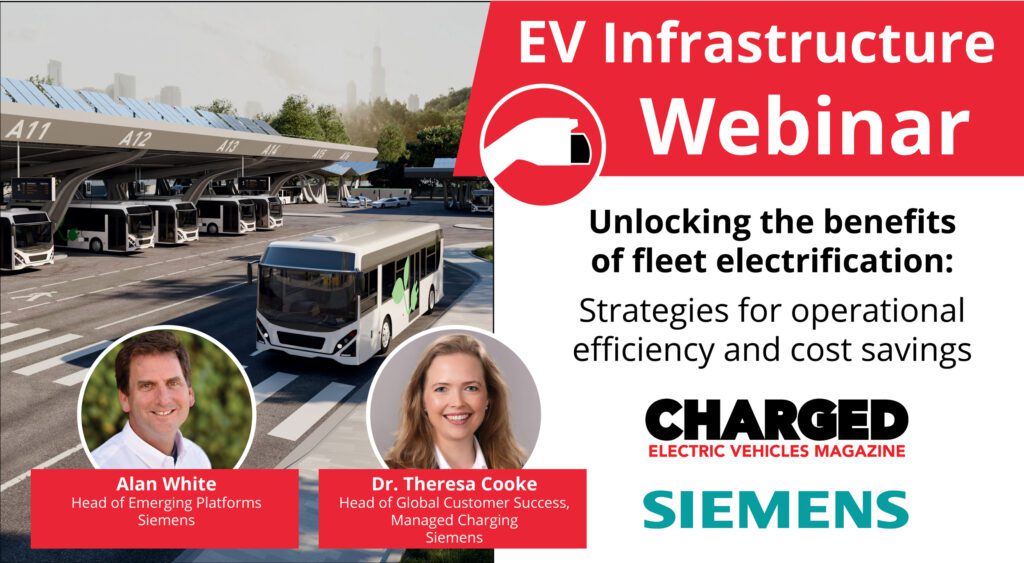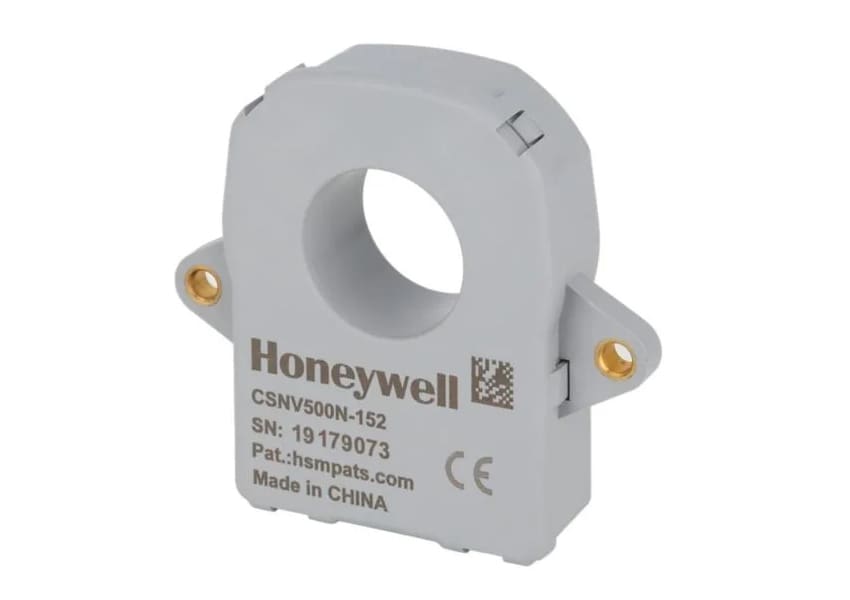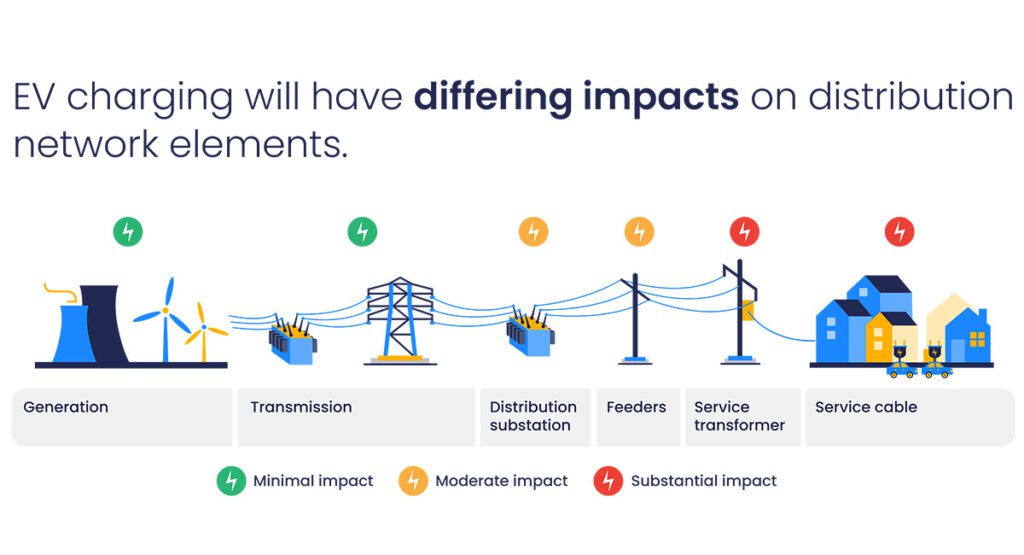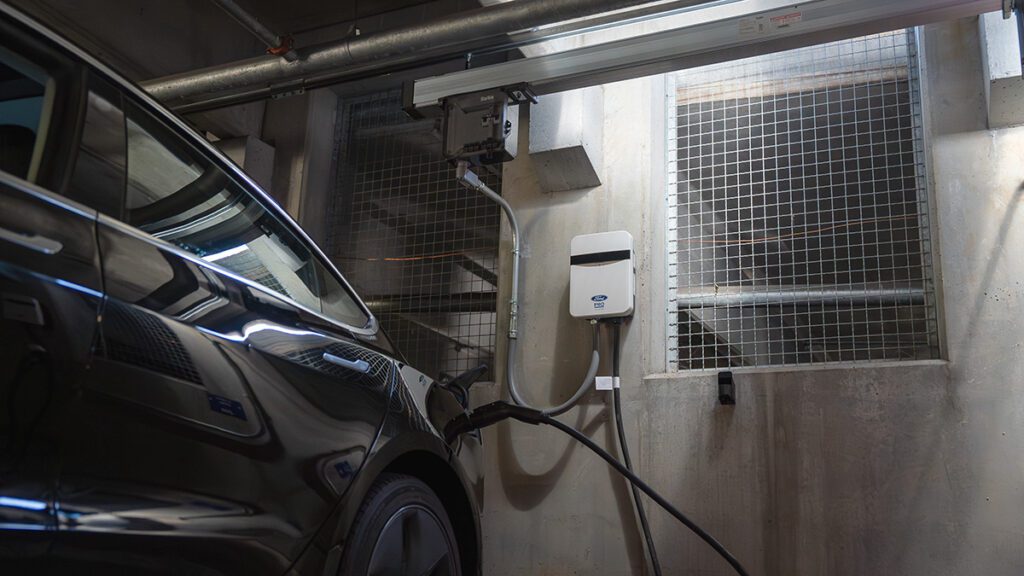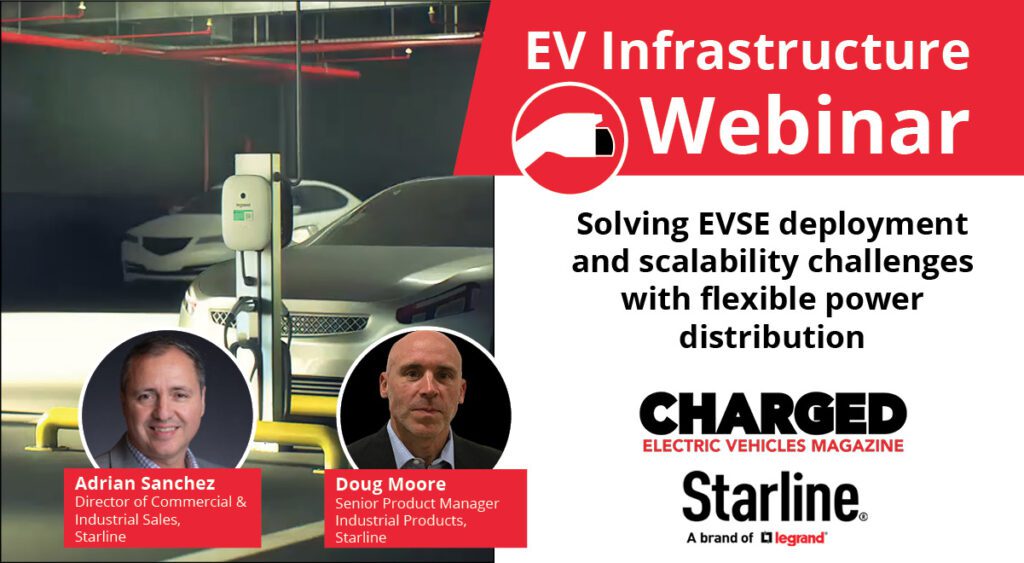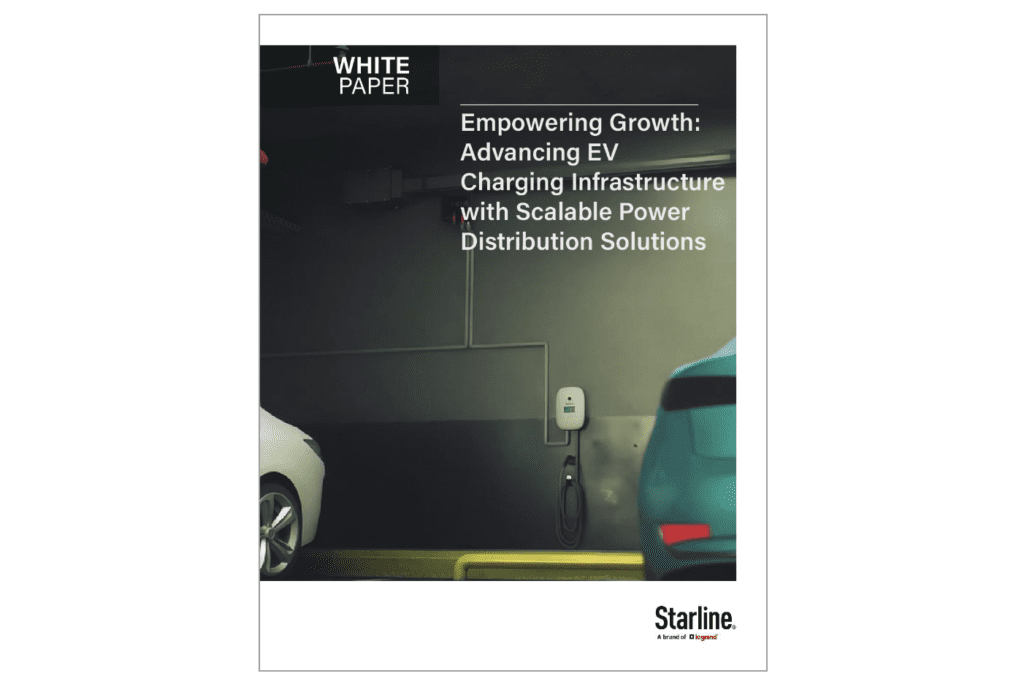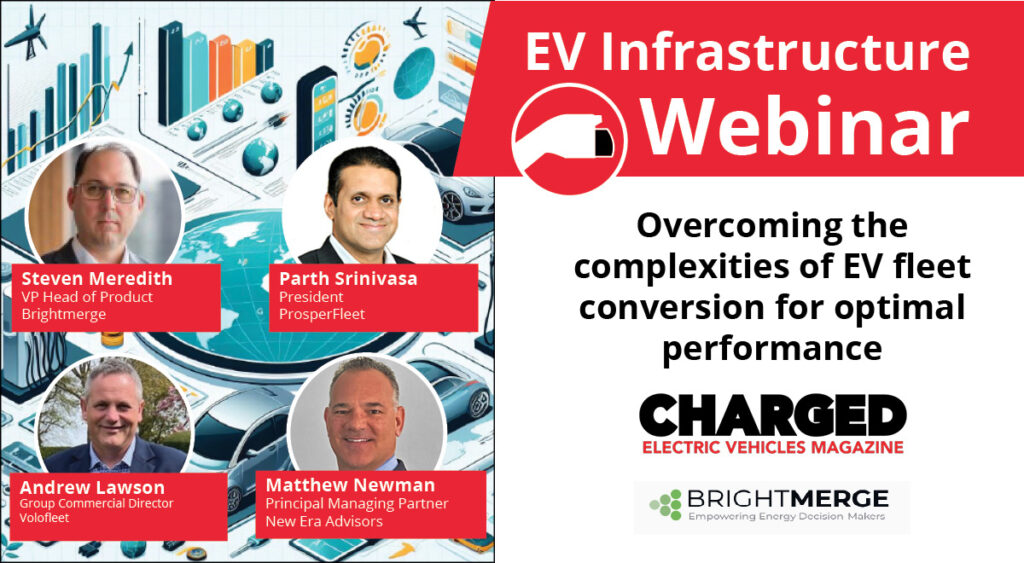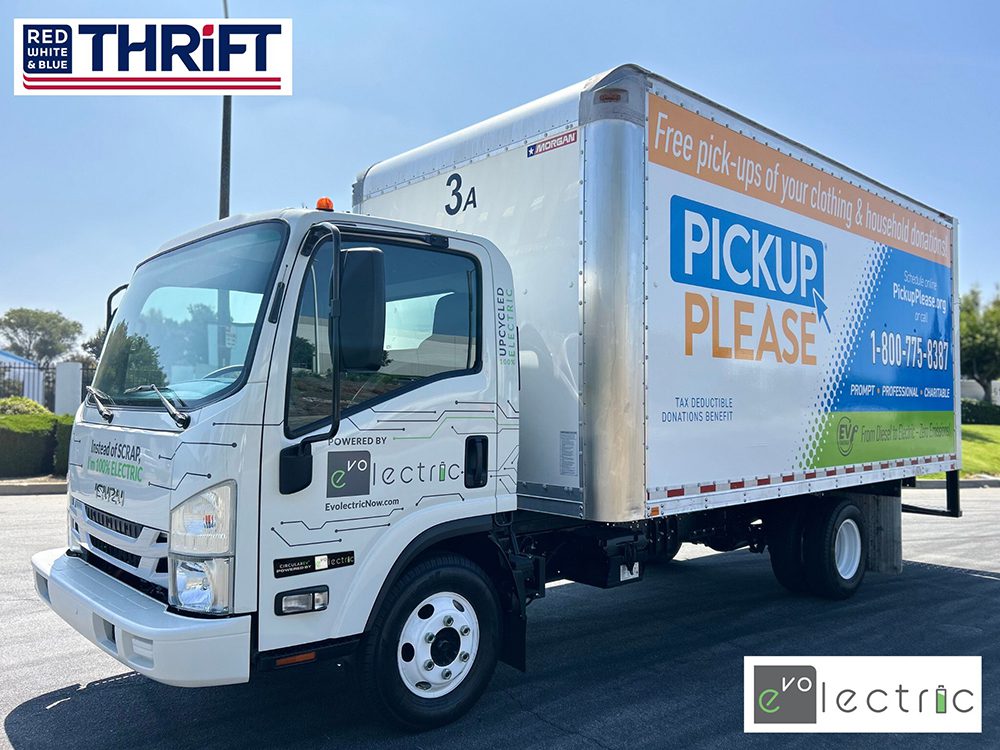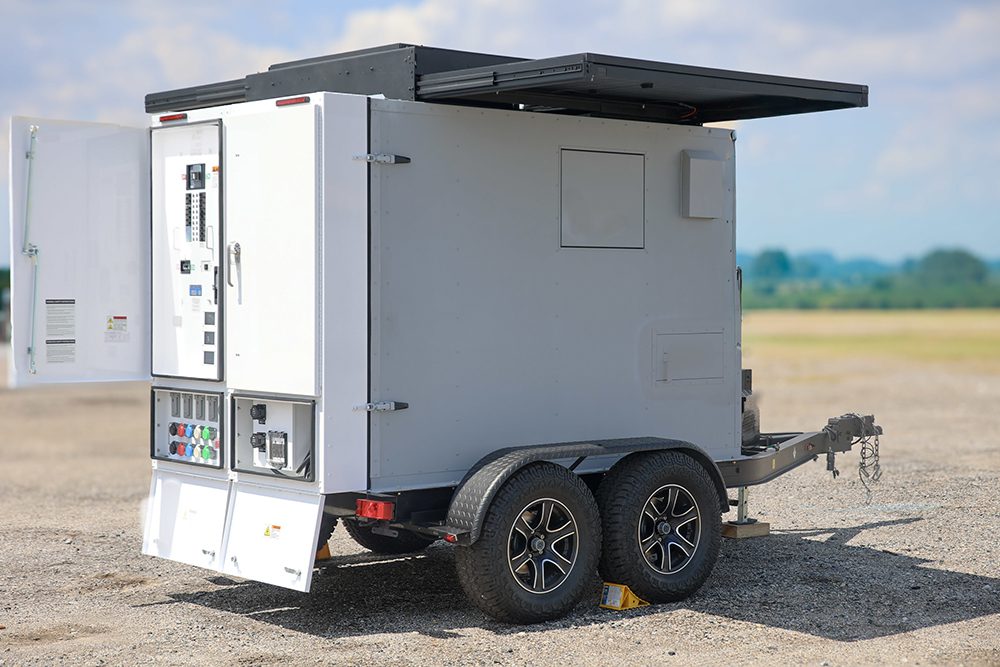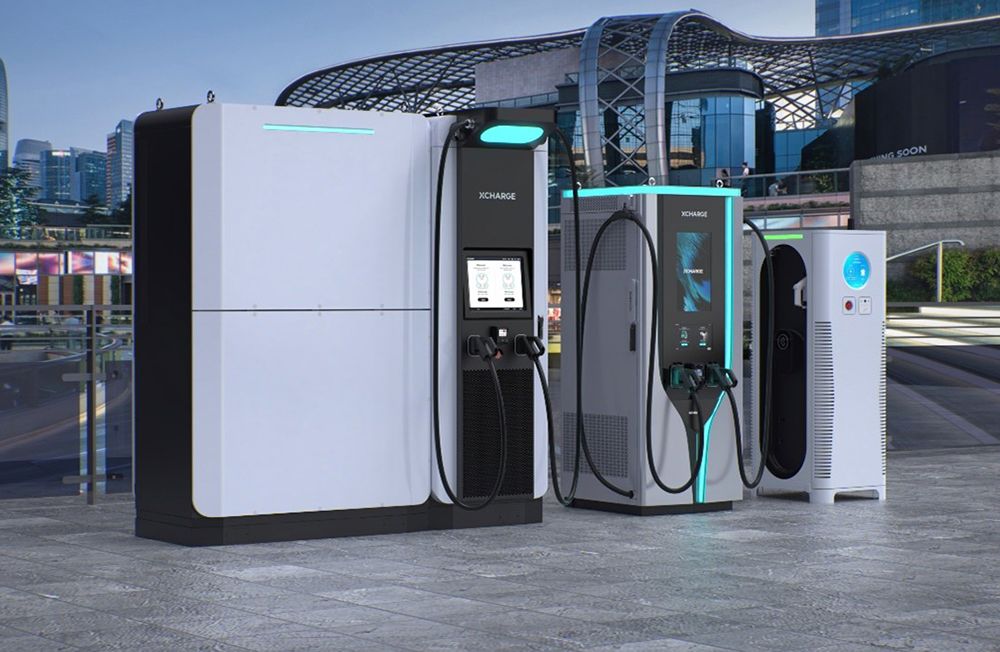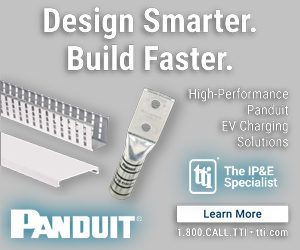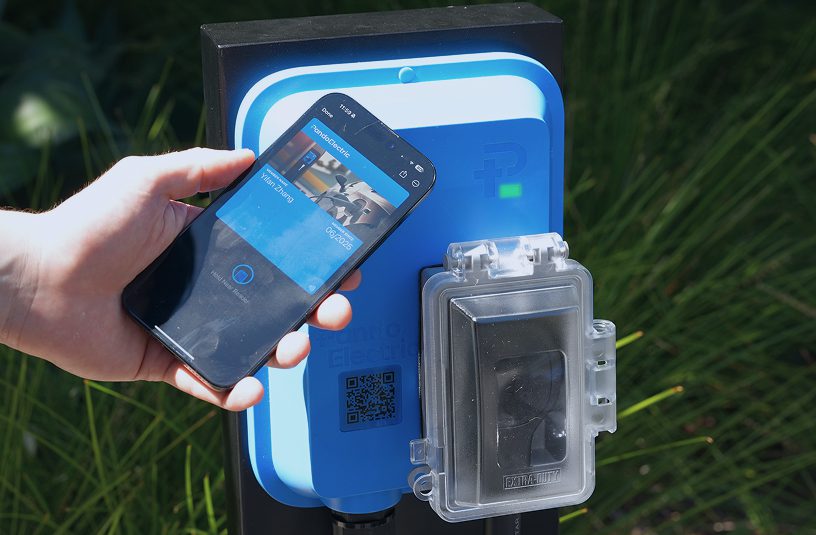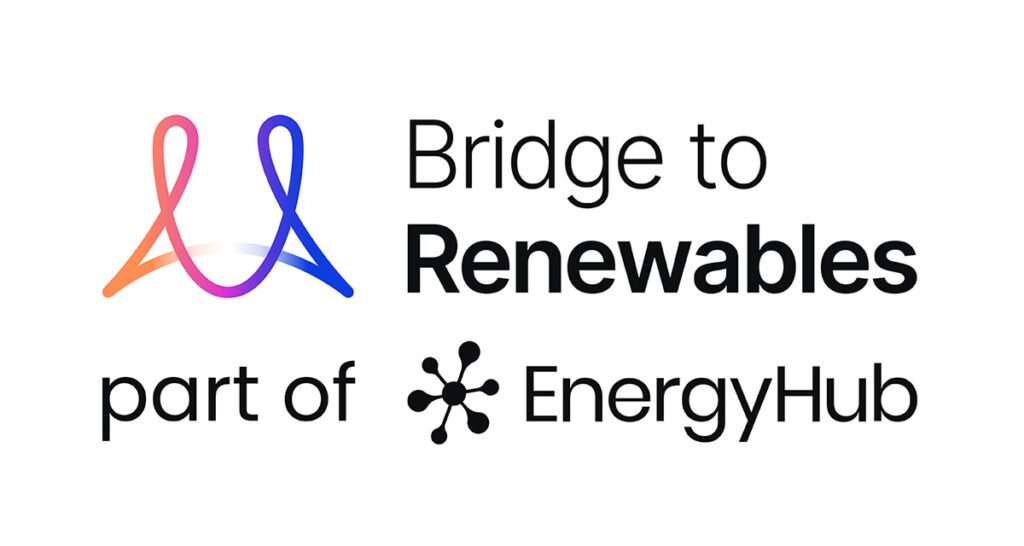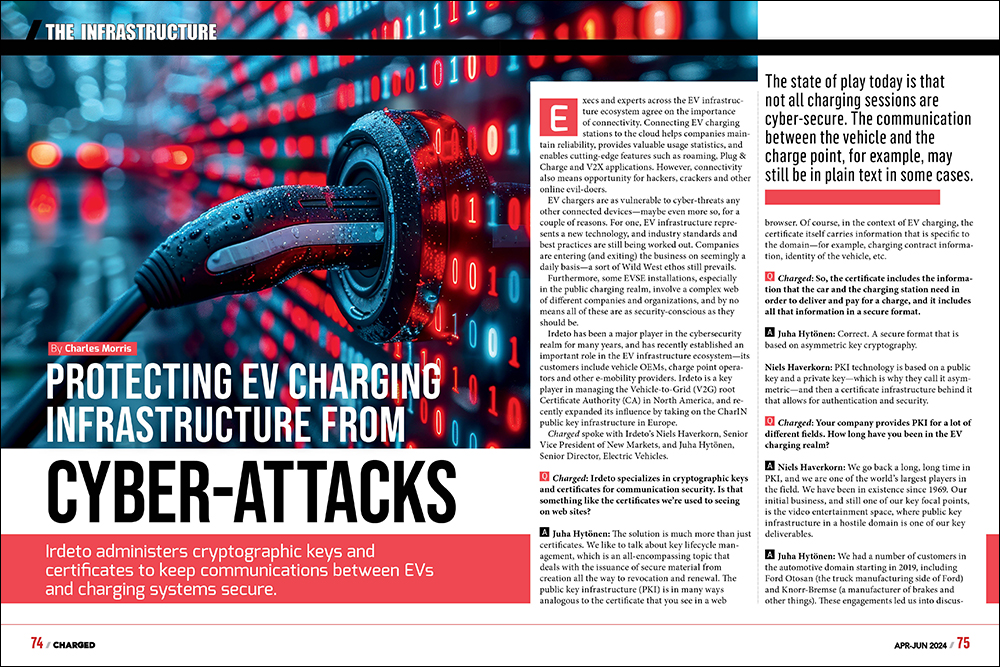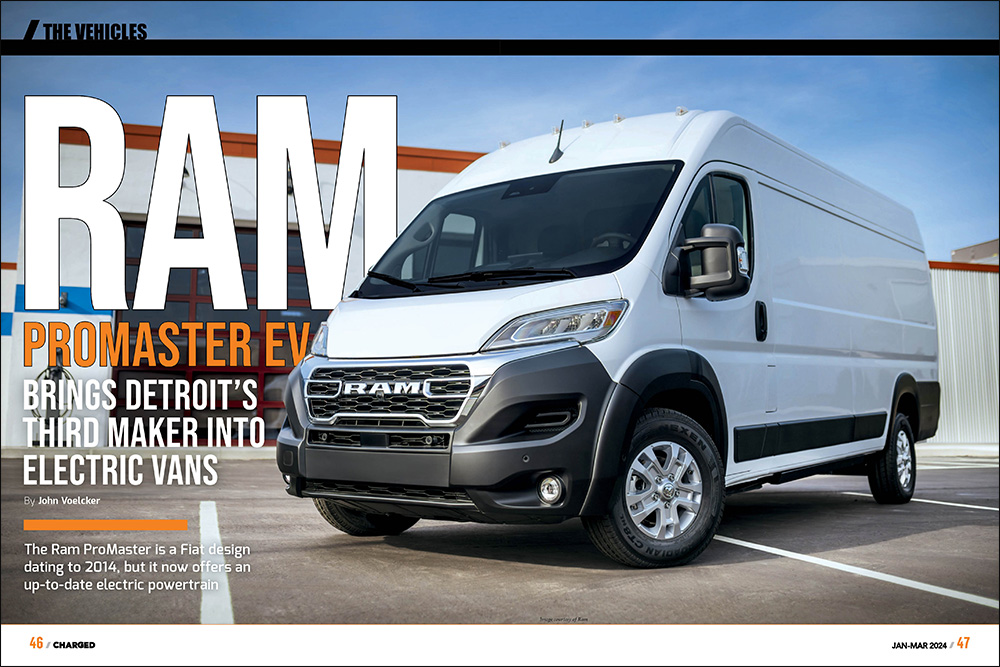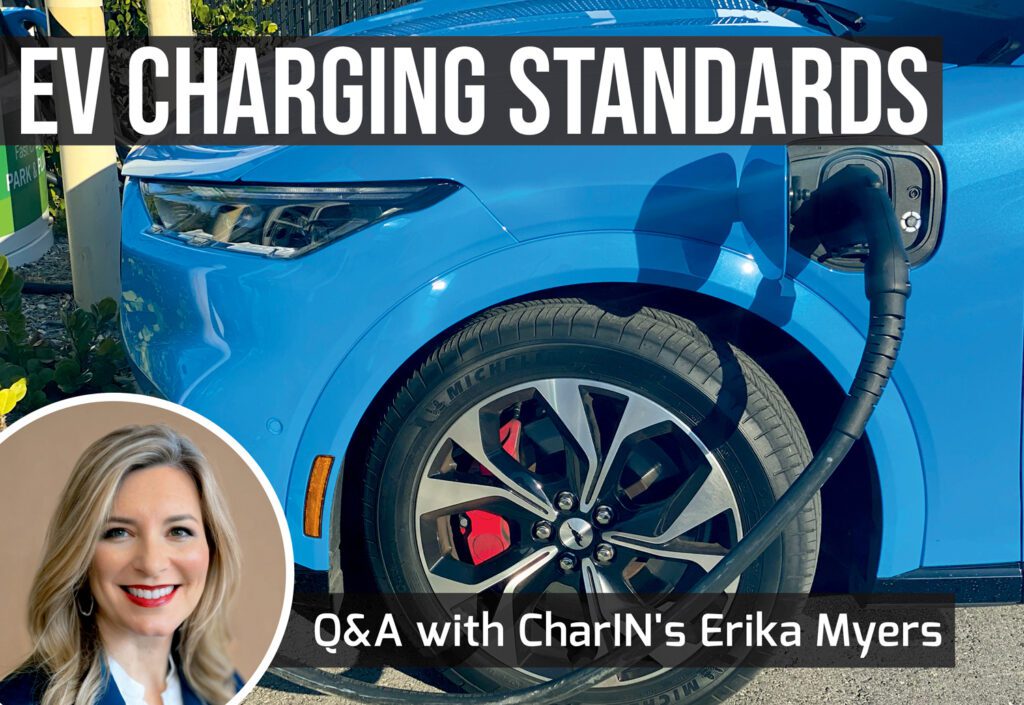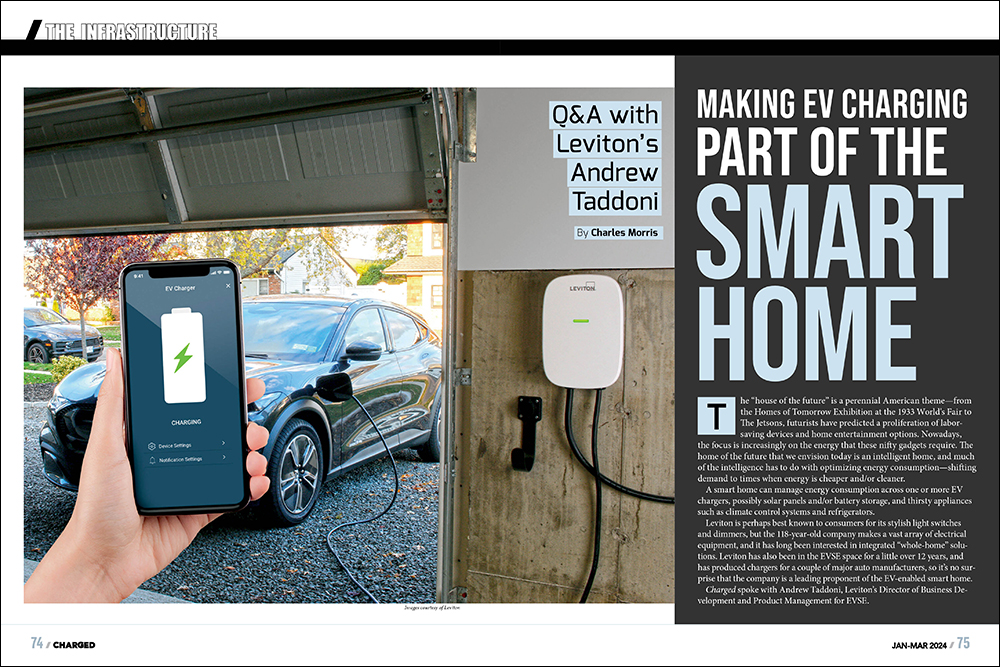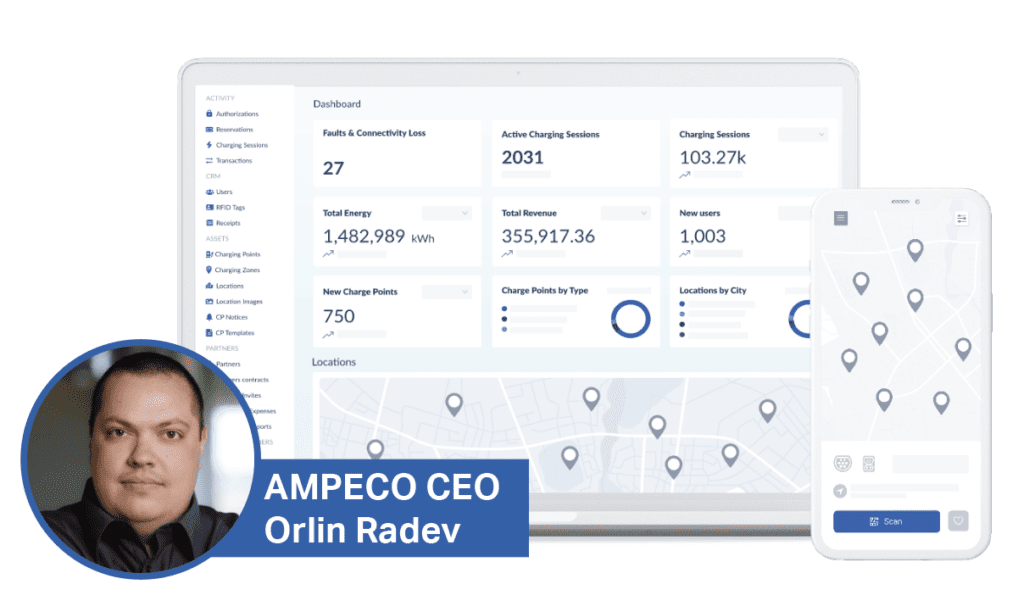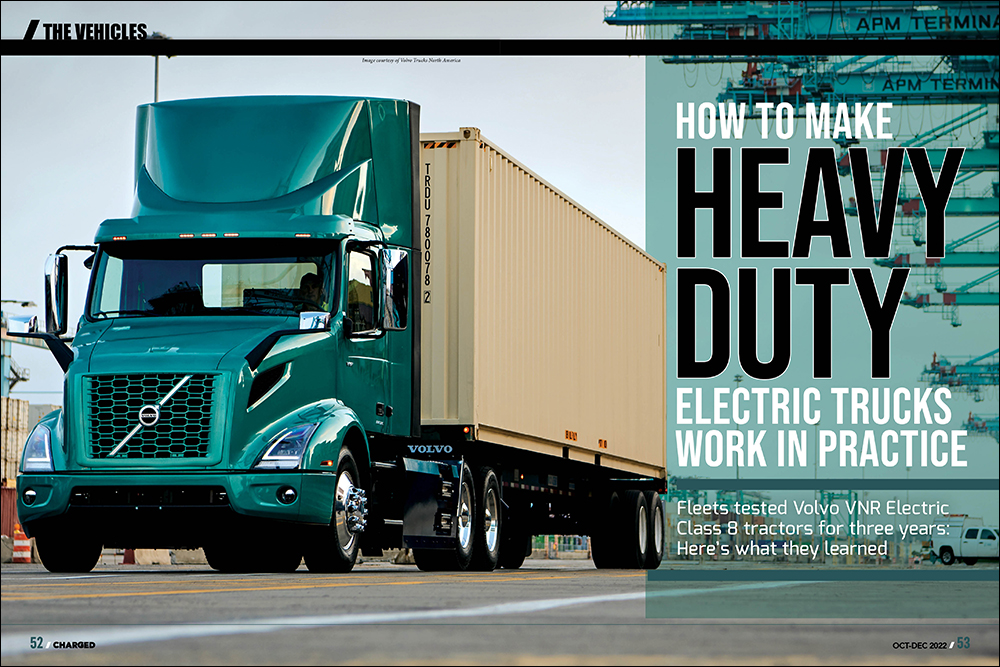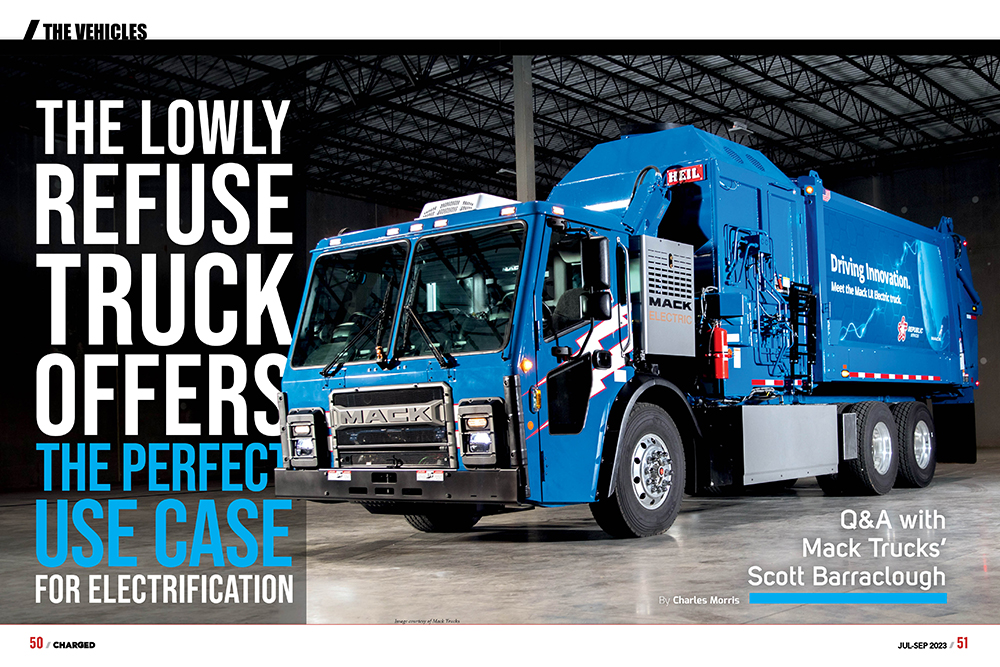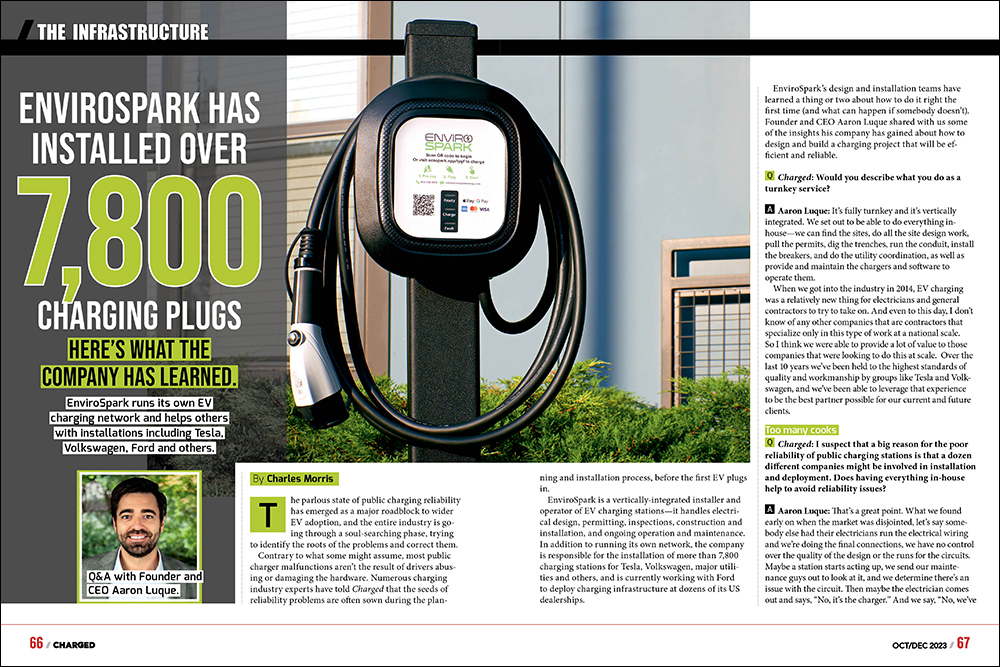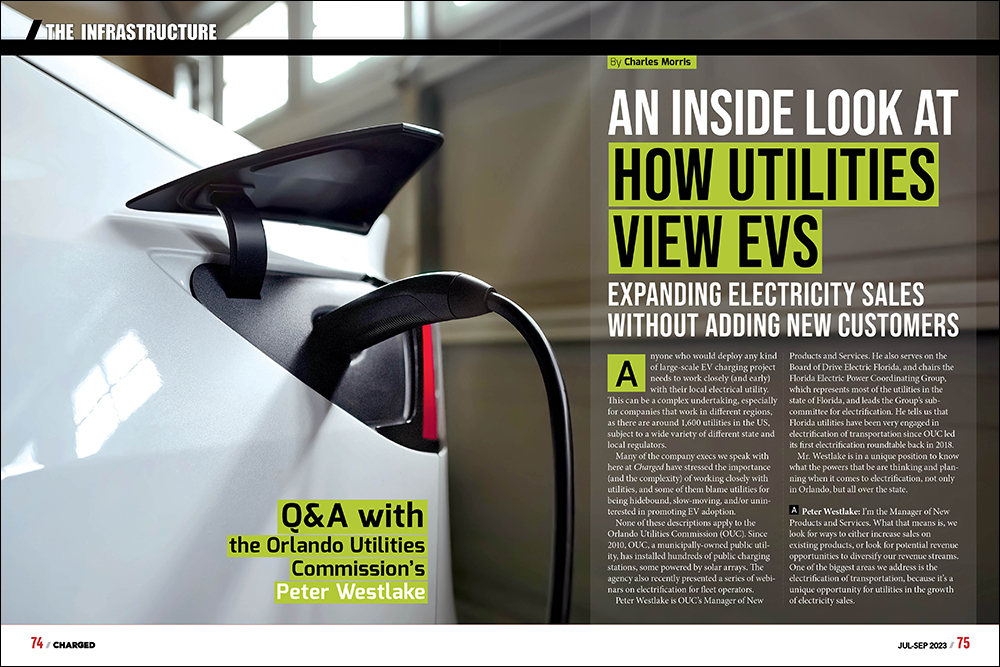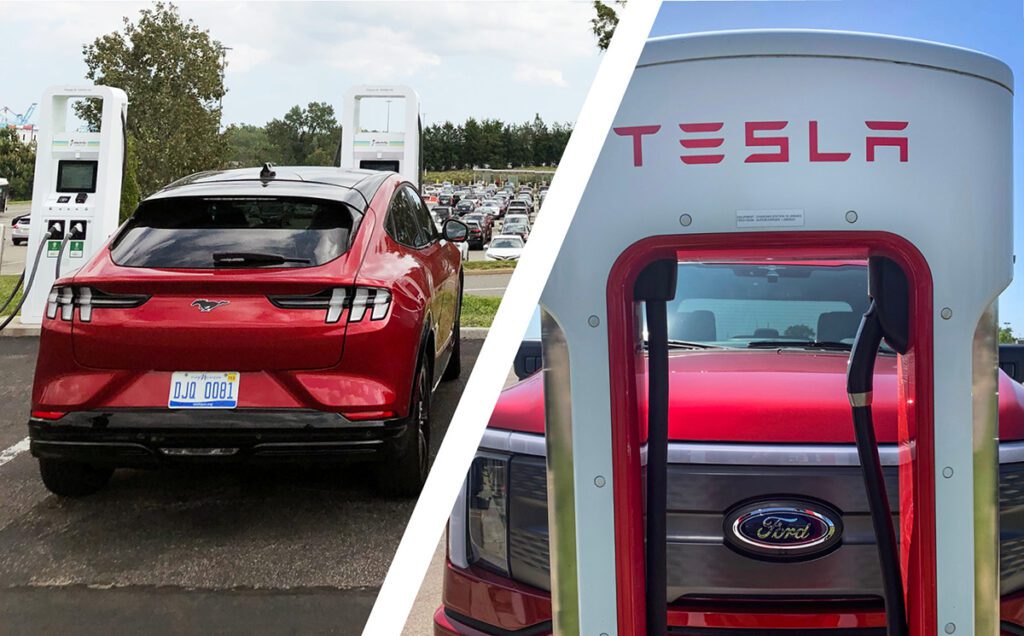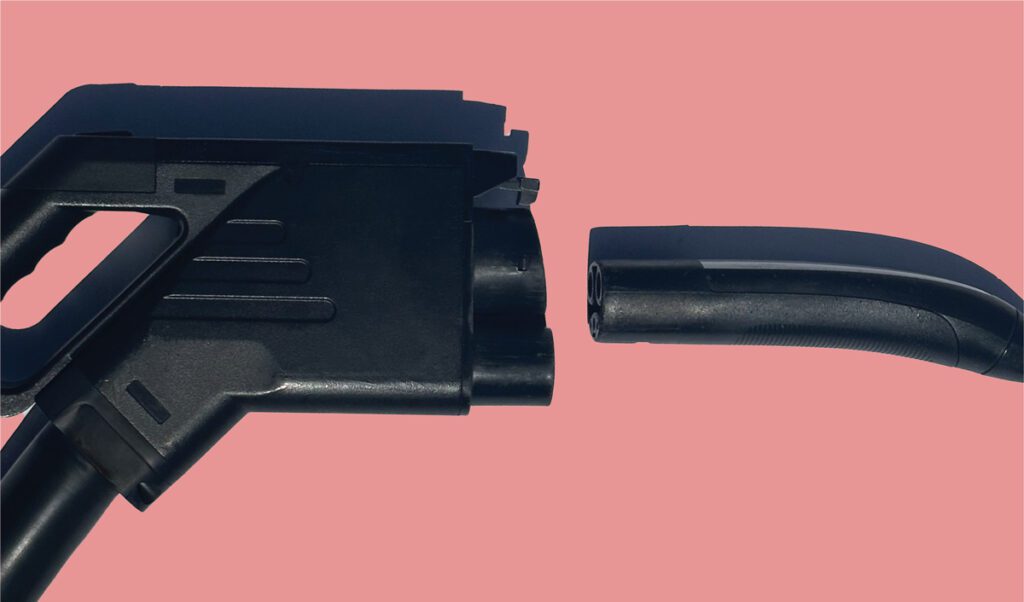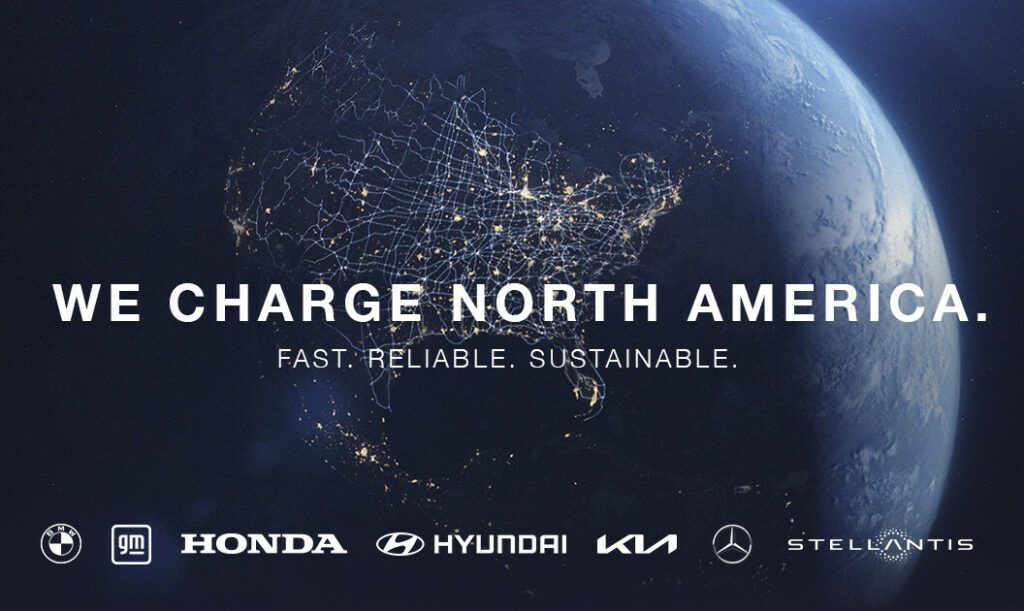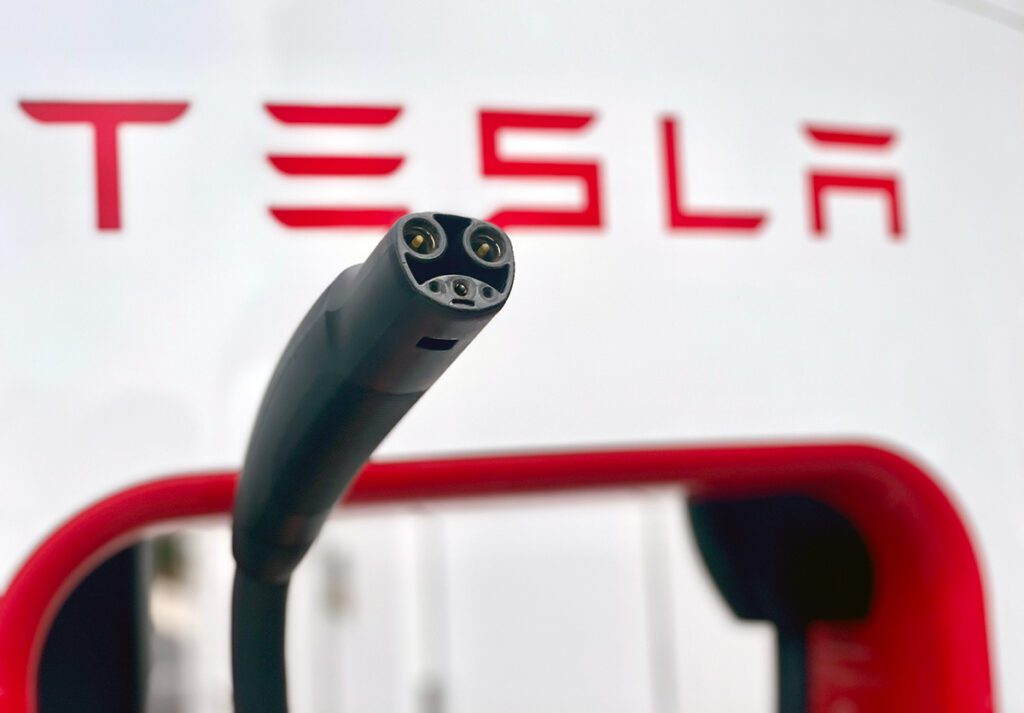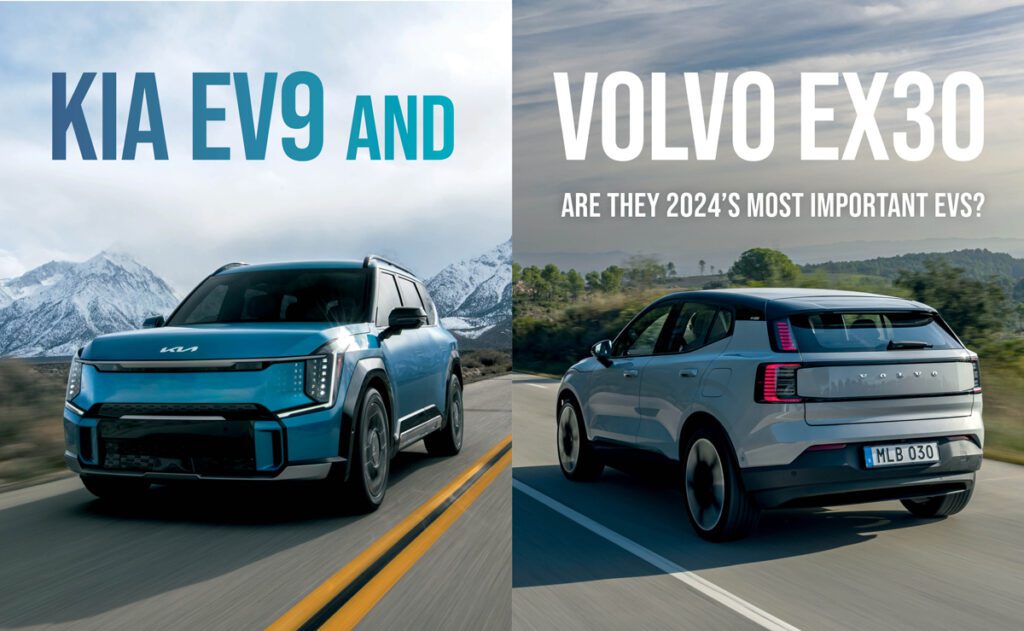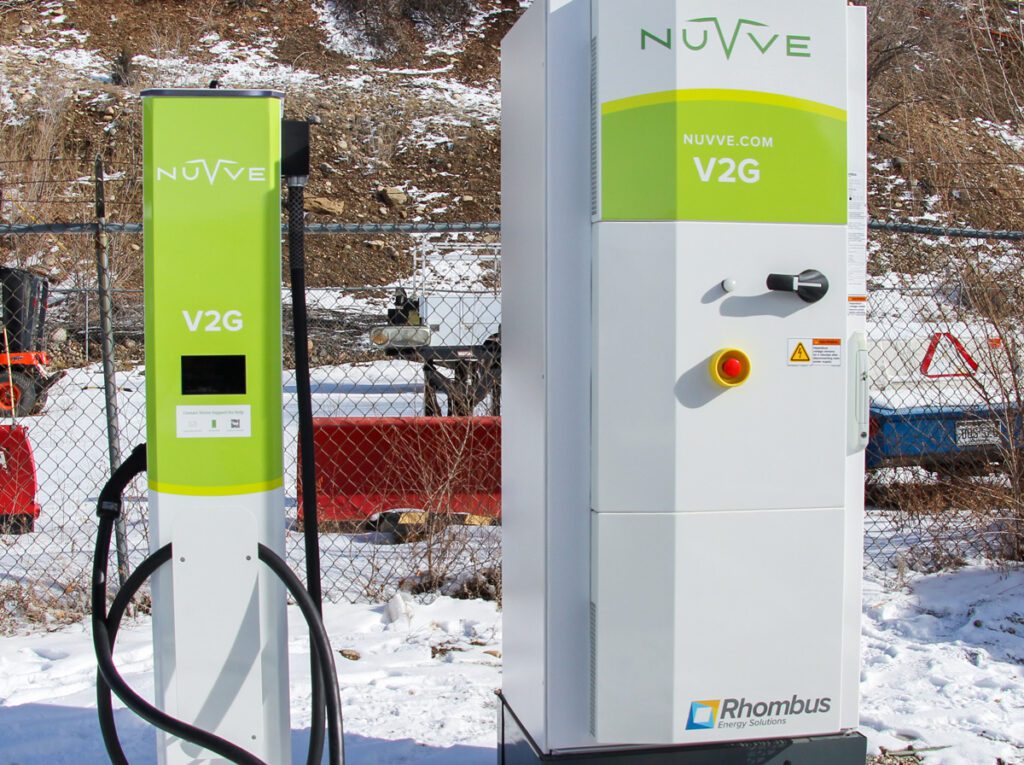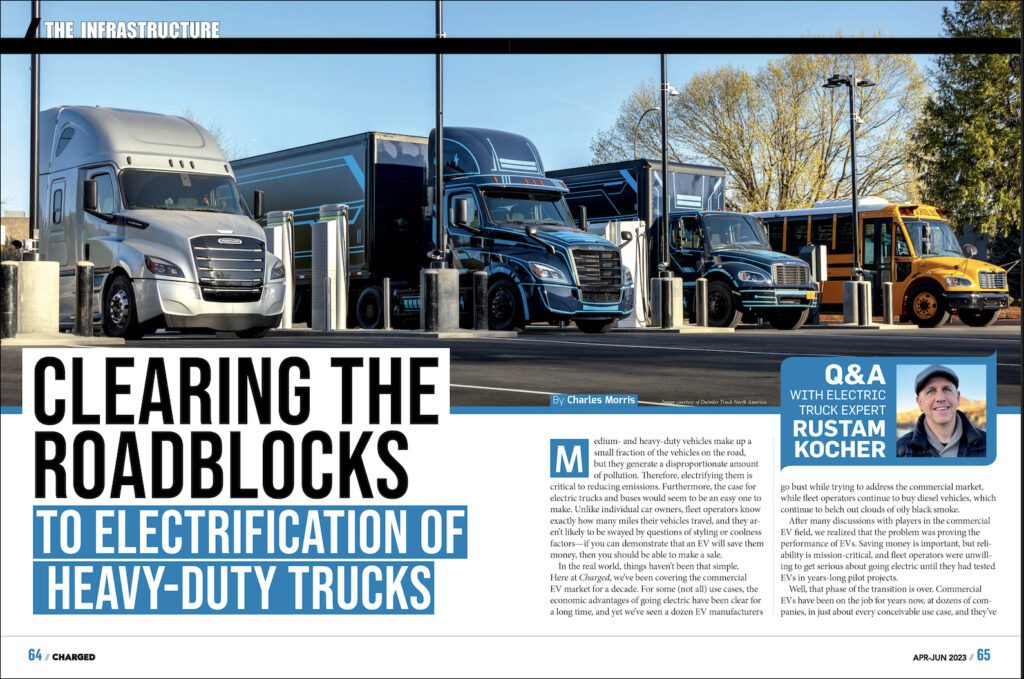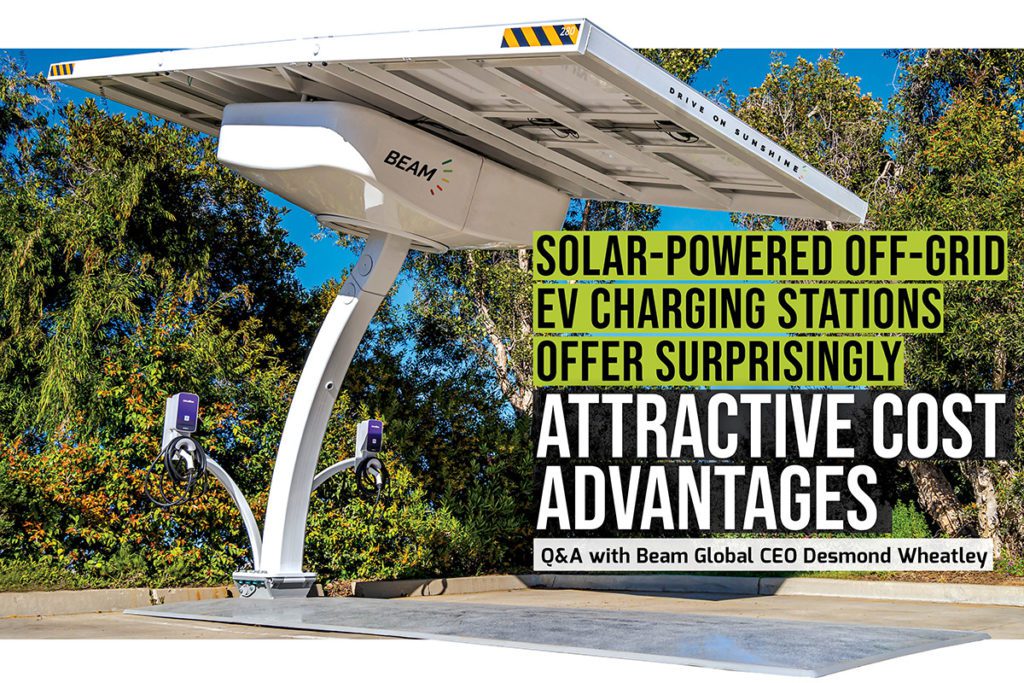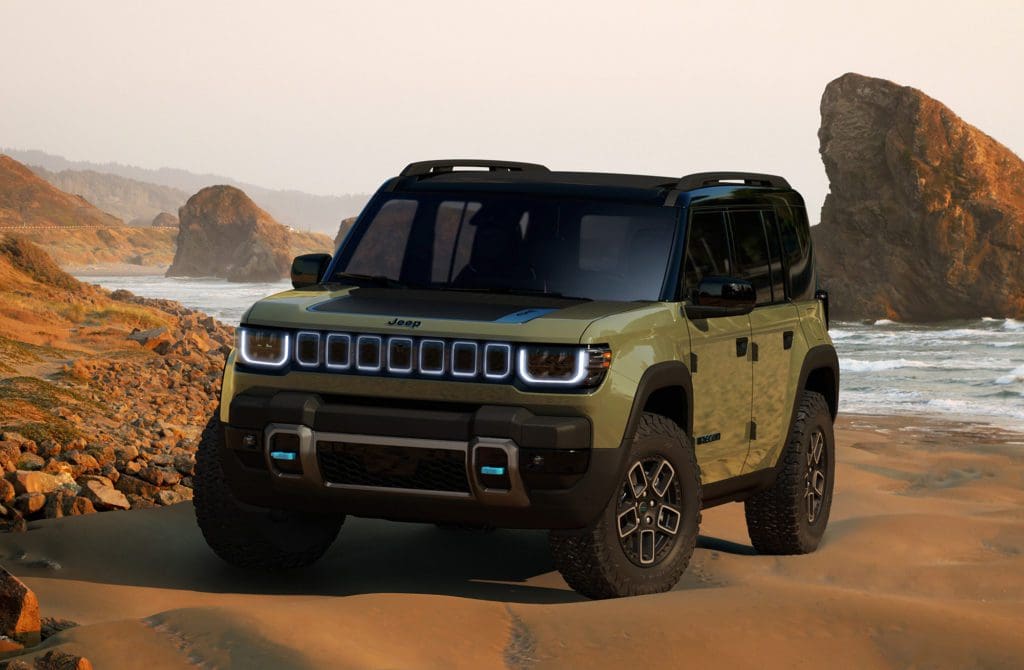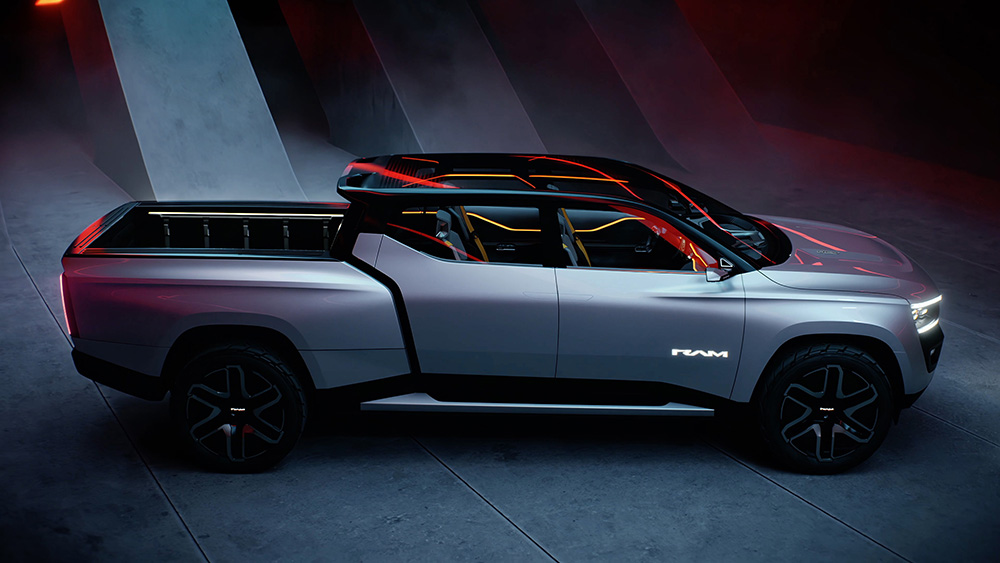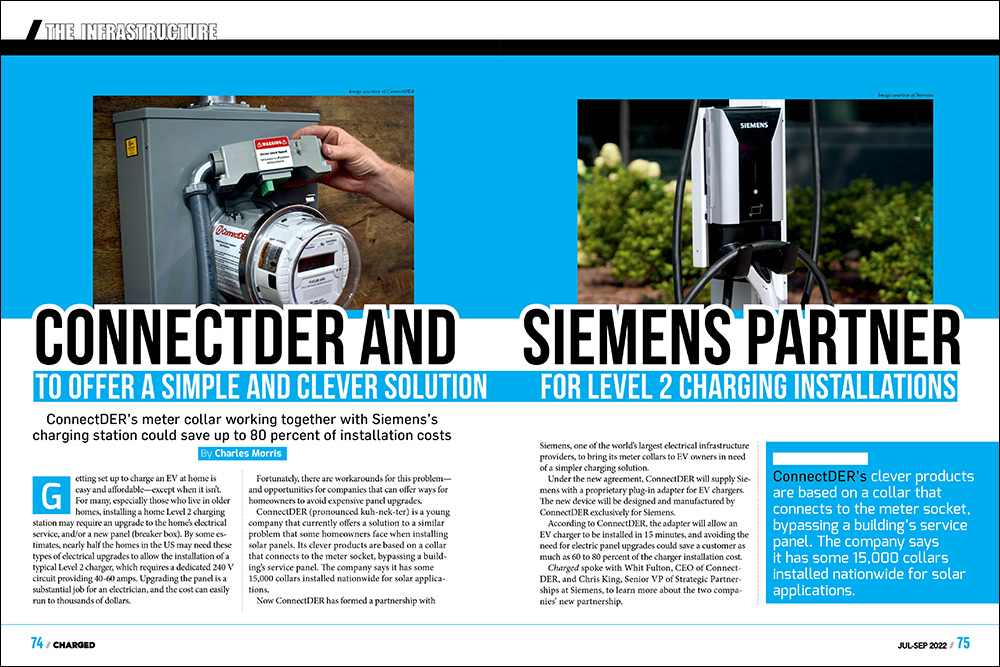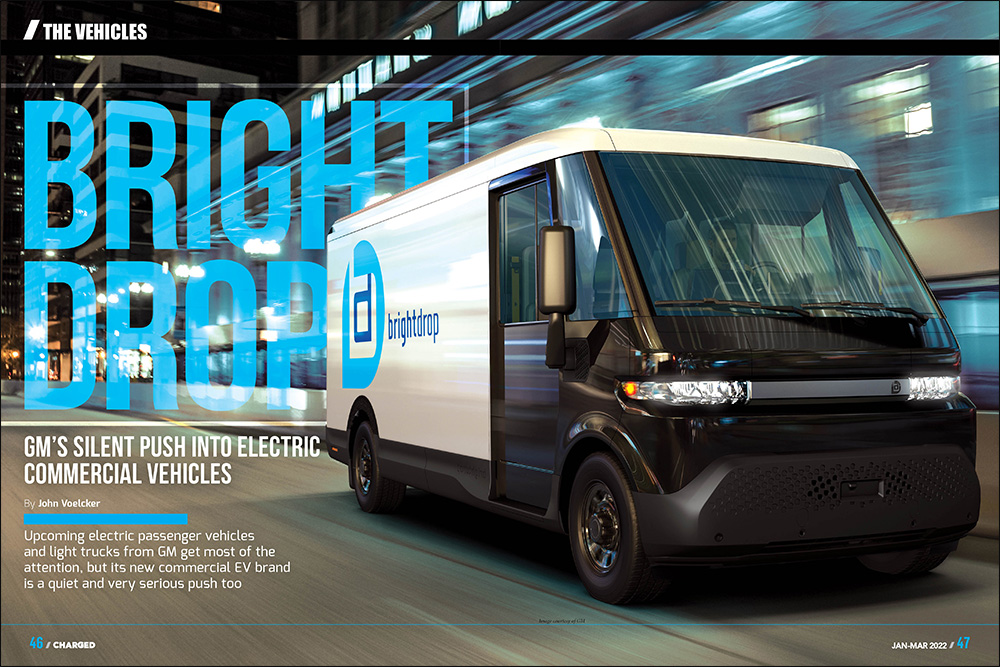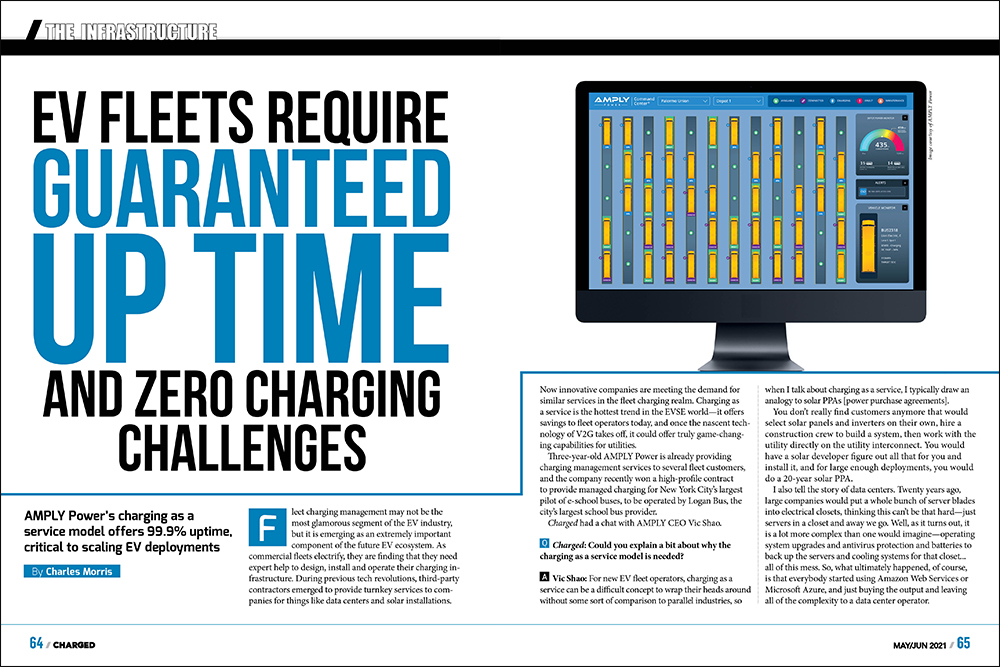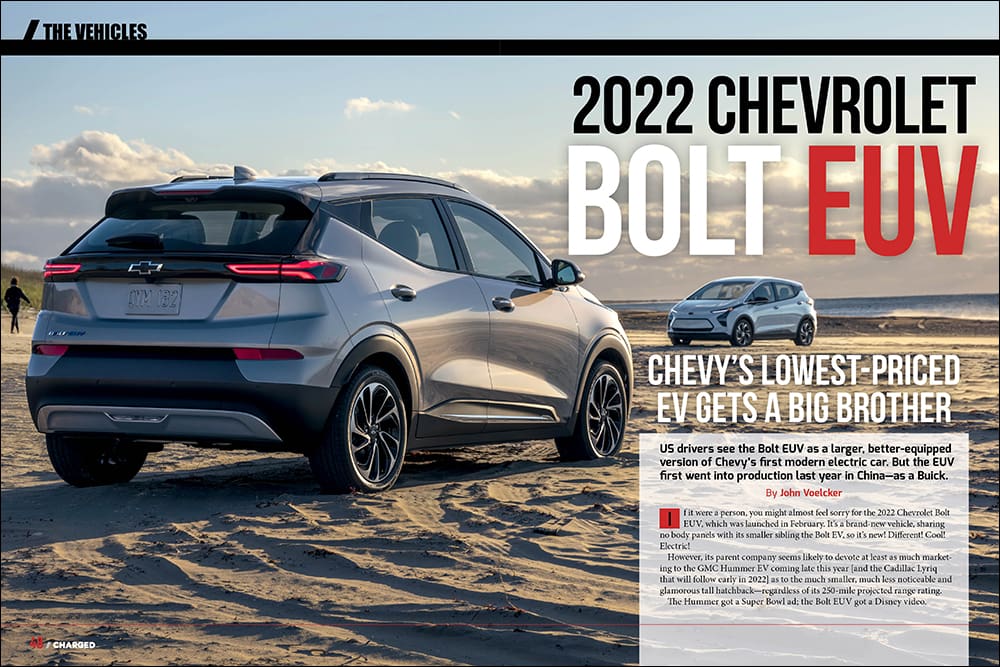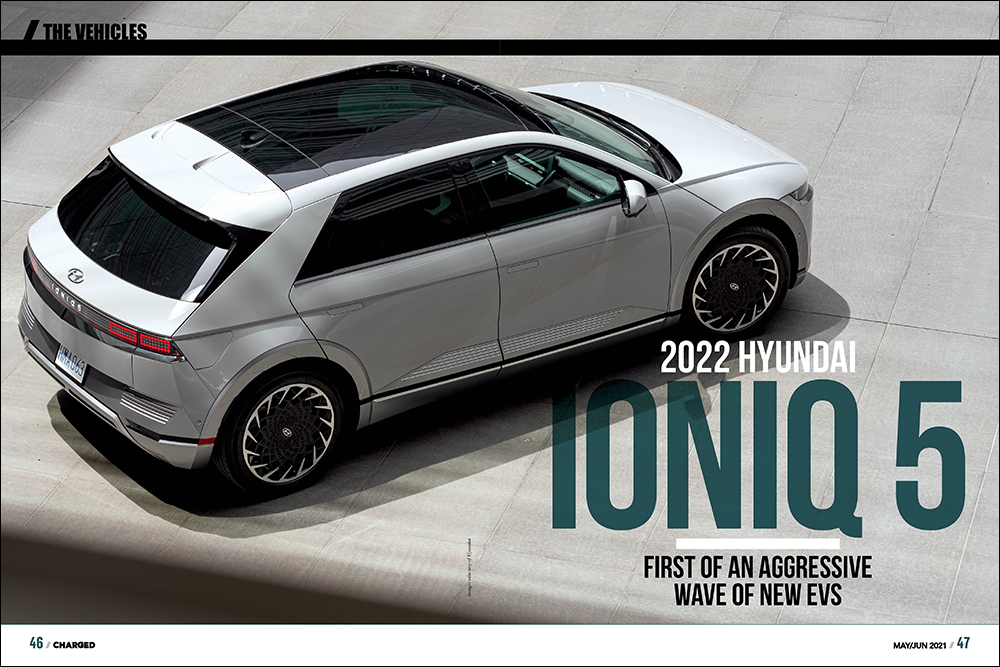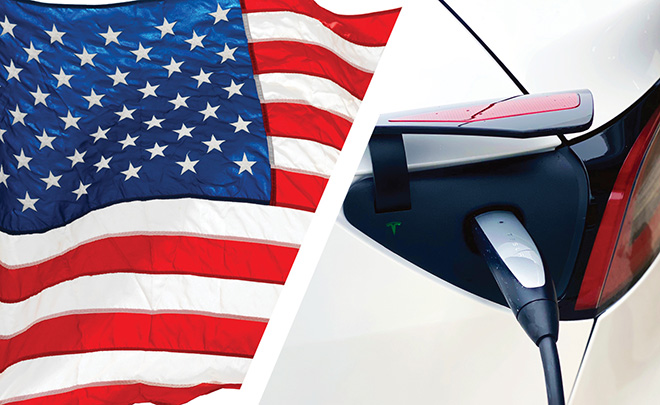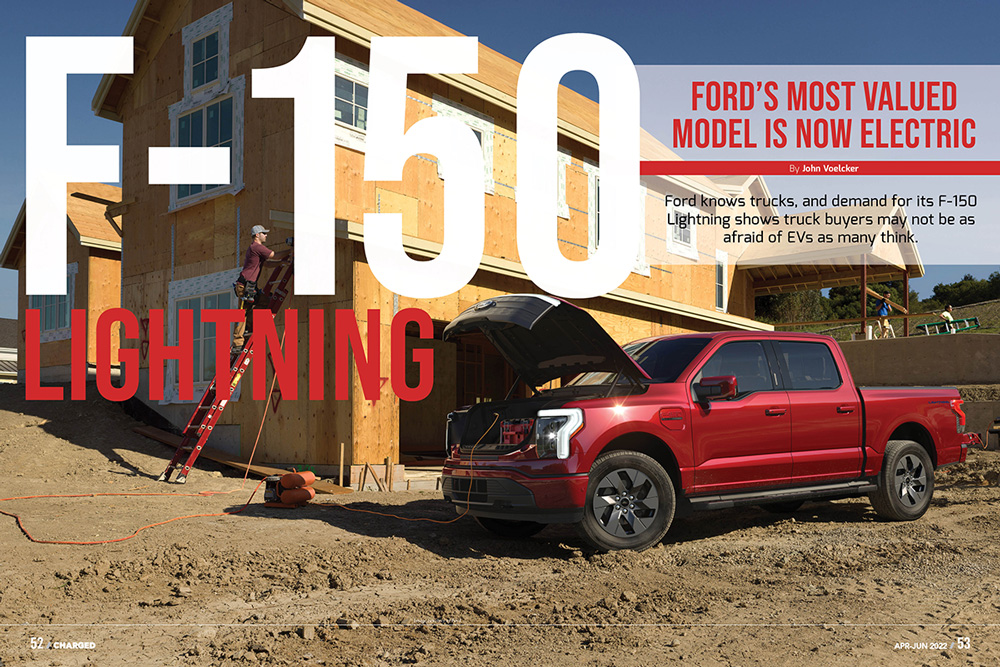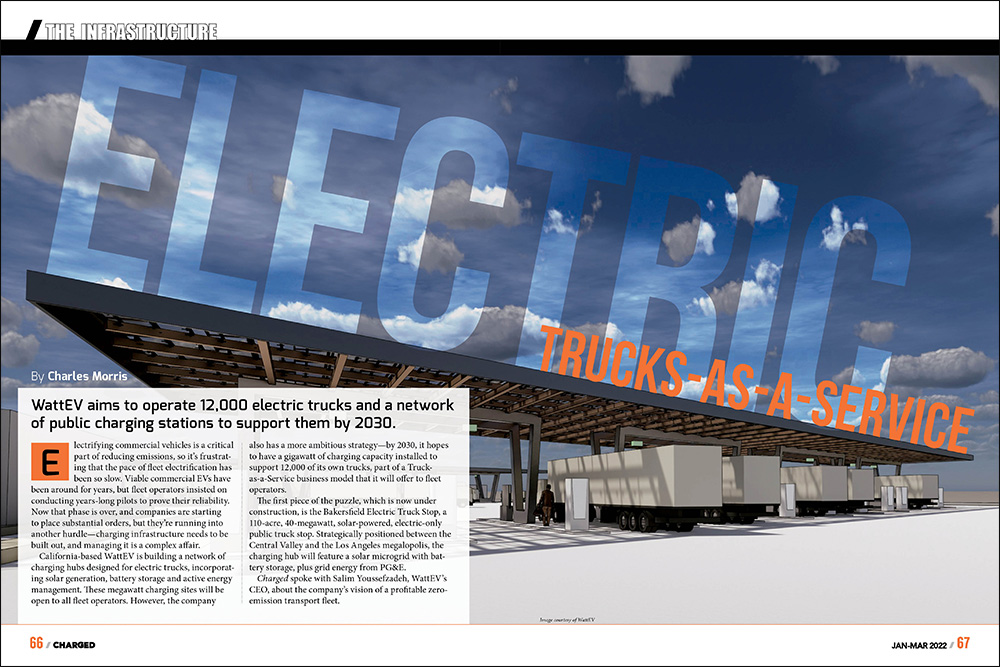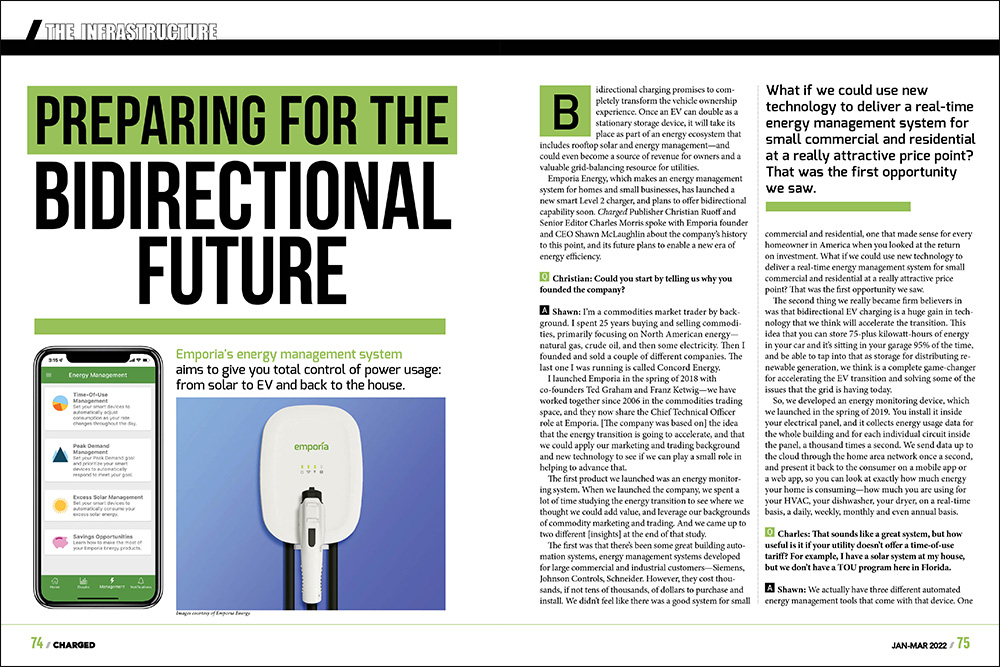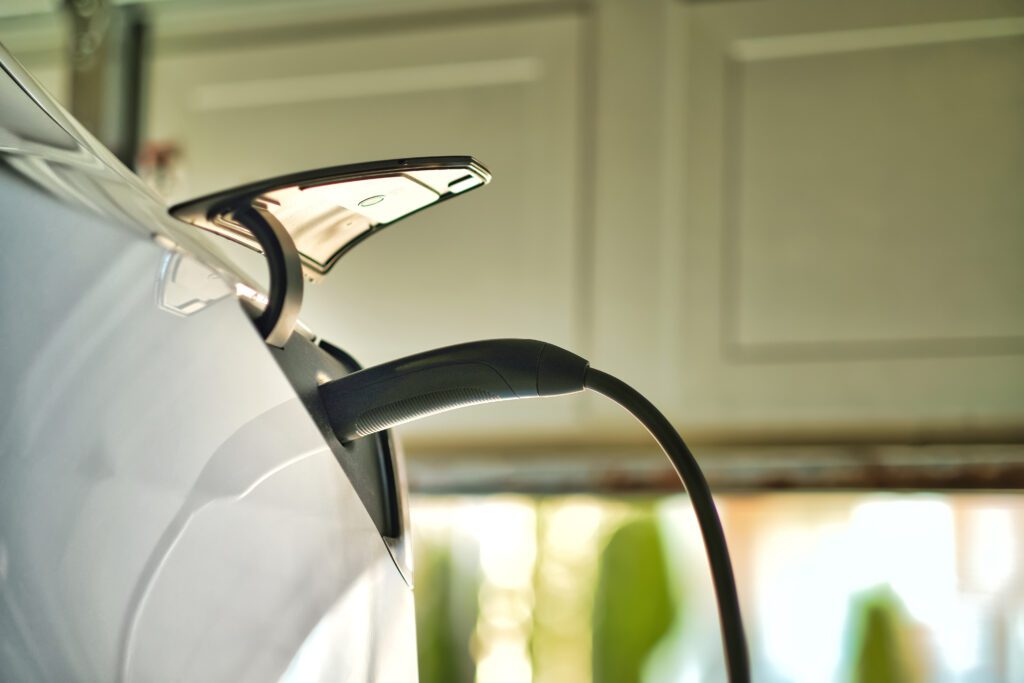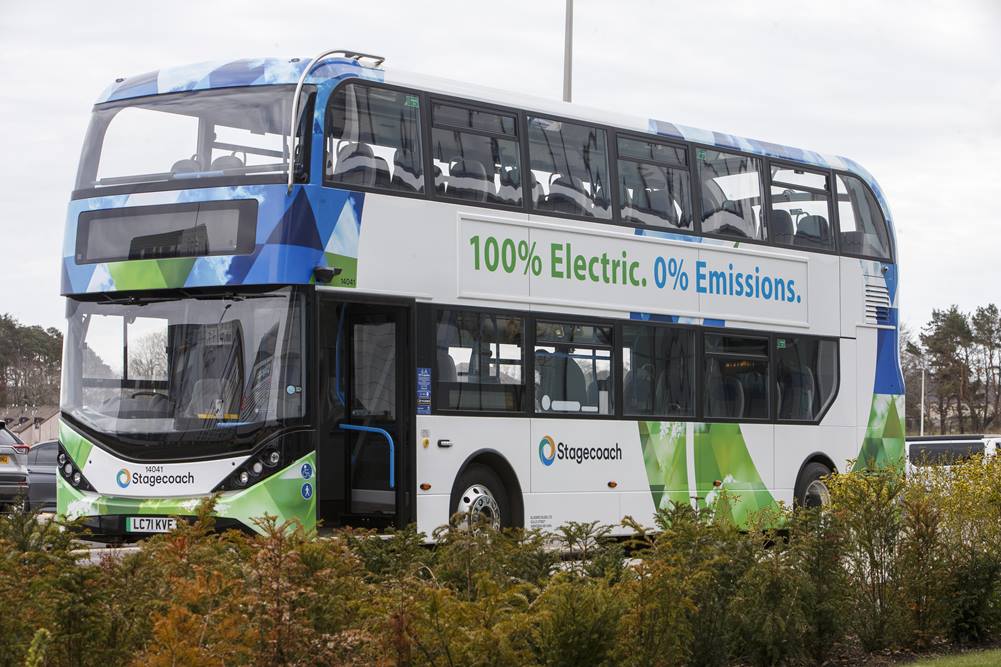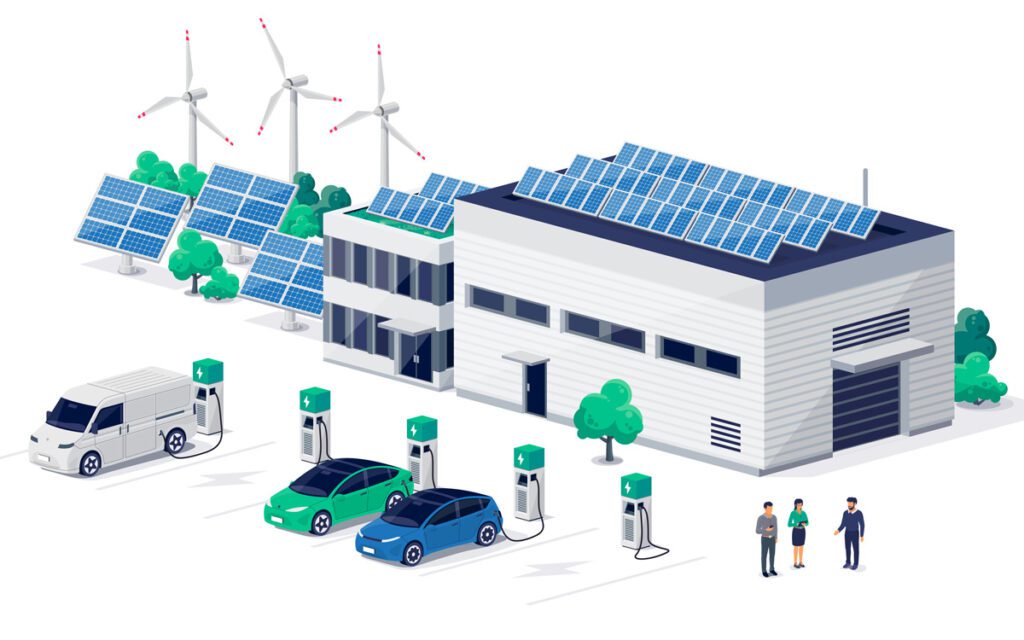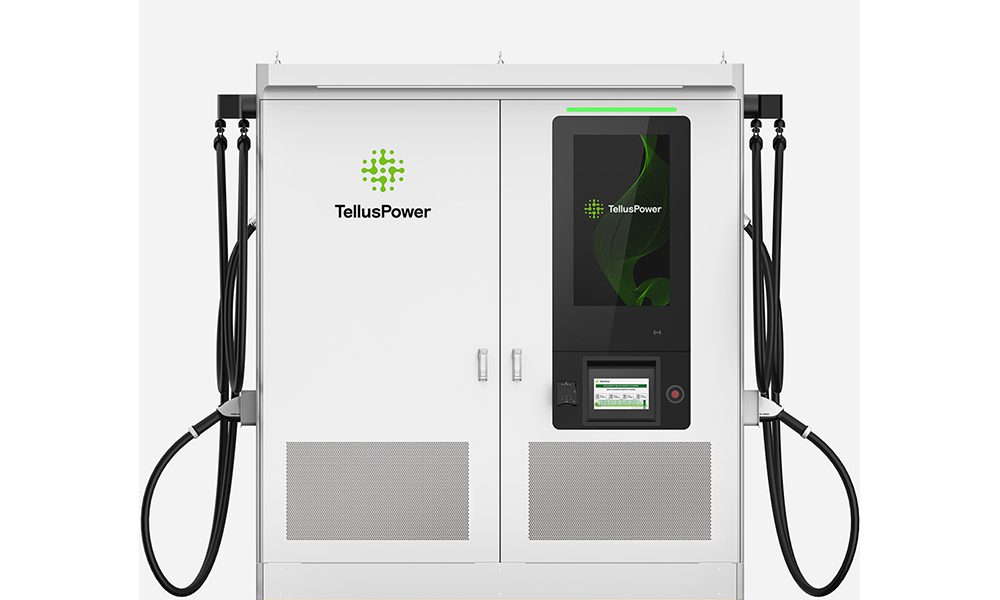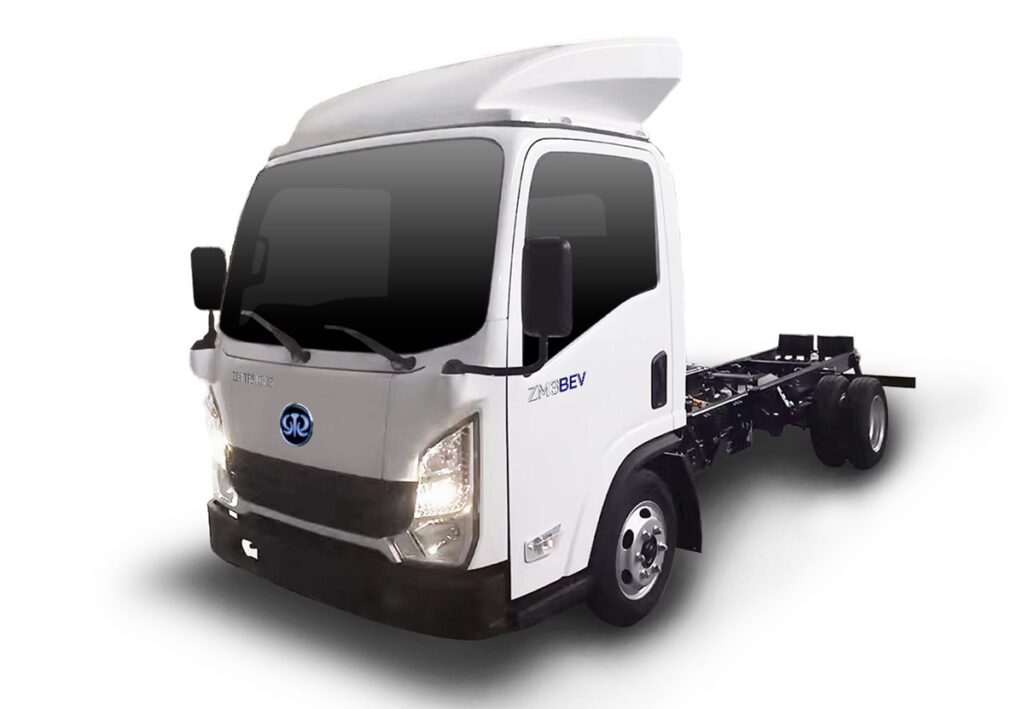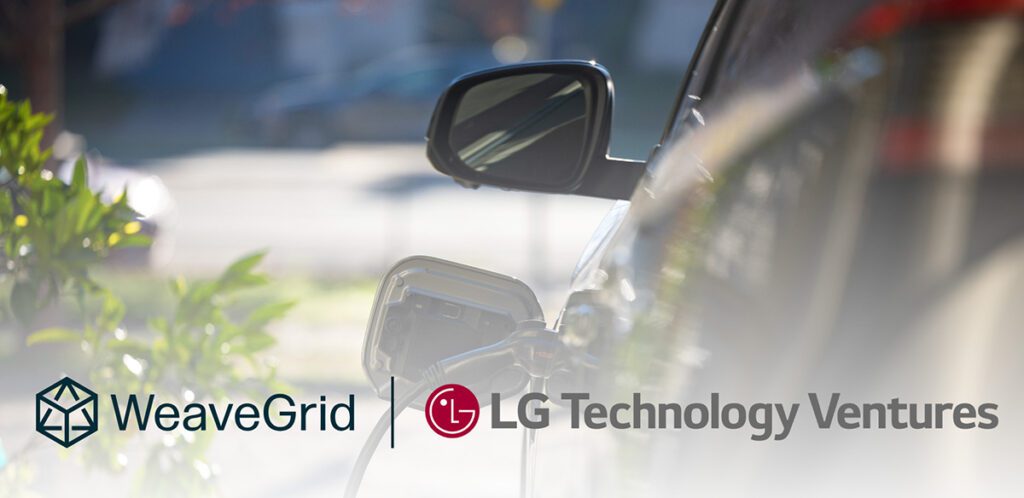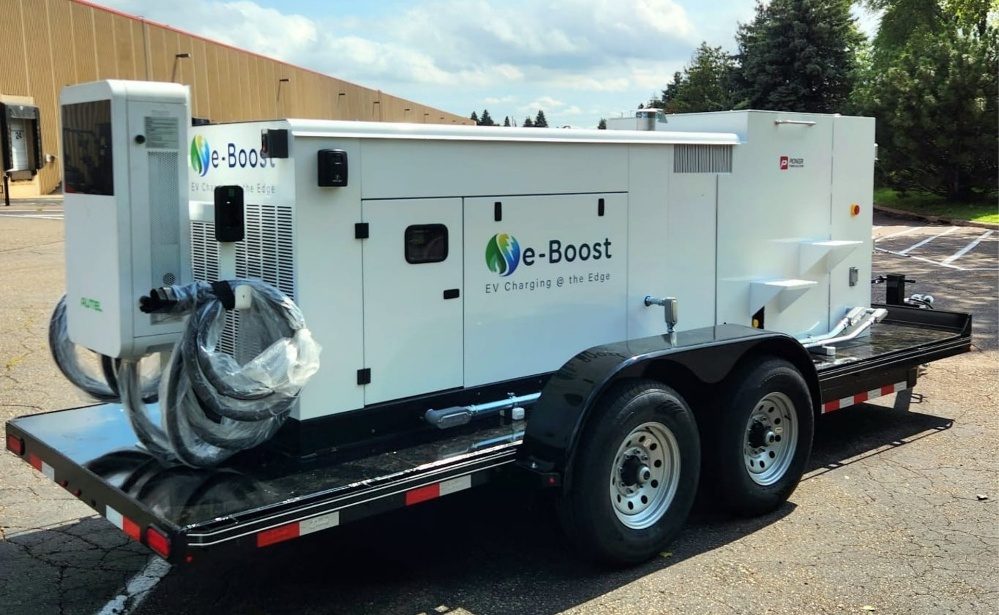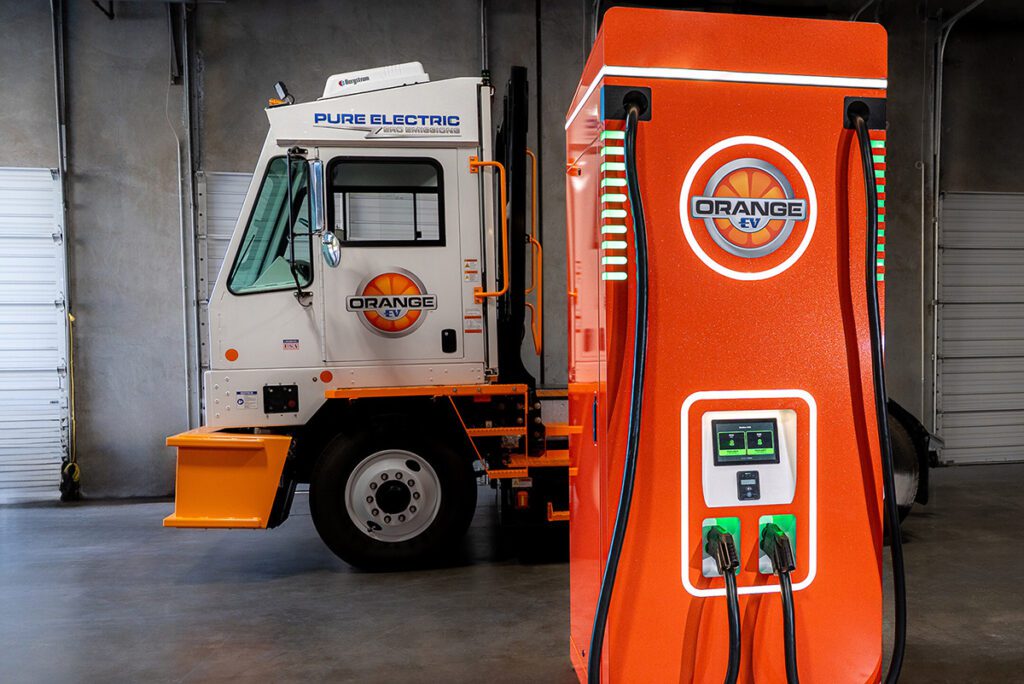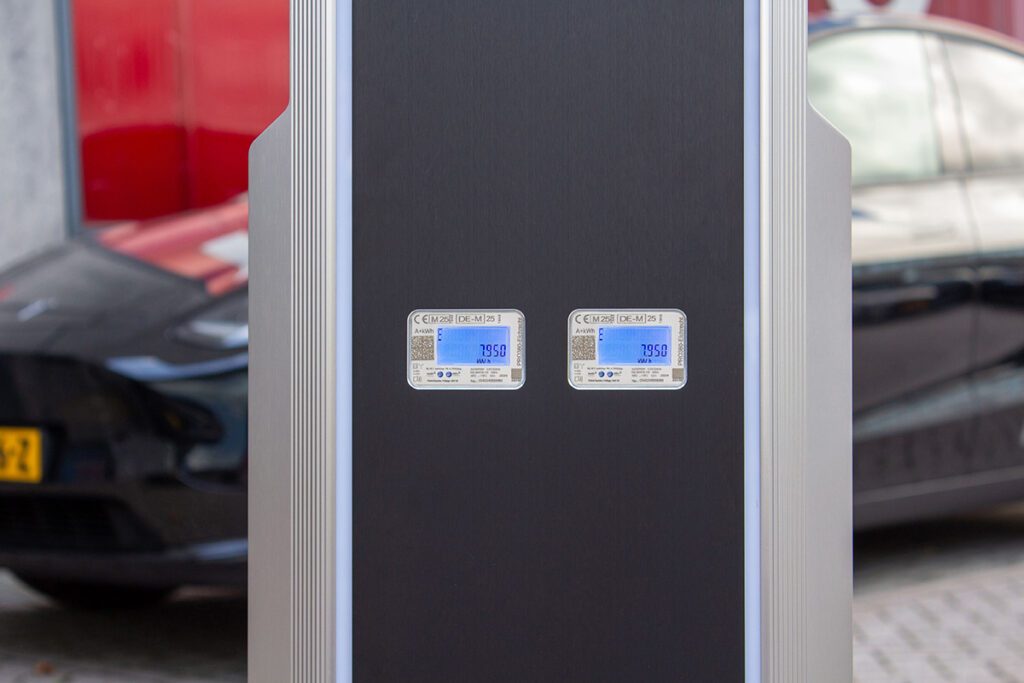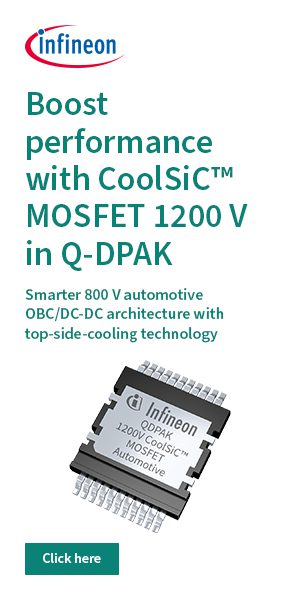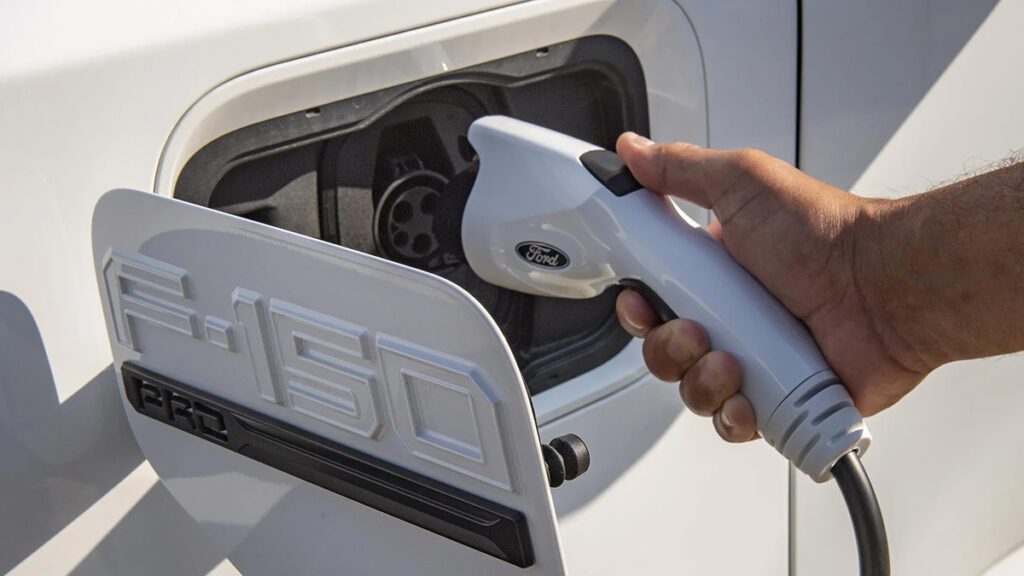What’s the largest mass transit system in the United States? Is it the public transit network? Nope. Commercial airlines? Guess again. Passenger rail? Not even close. Here’s a hint: the vehicles are colored yellow. Give up? It’s school buses, and in terms of sheer numbers this fleet is 2.5 times larger than all other forms of mass transit combined. And therein lies a big, dirty problem.
According to a 2018 study by the US Public Interest Research Group, 95% of the nation’s roughly 500,000 school buses are diesel-fueled. Numerous studies have documented the negative impact breathing diesel exhaust has on respiratory diseases like asthma. In fact, the US Environmental Protection Agency has classified diesel exhaust as a likely carcinogen. These negative effects are especially pronounced in children.
But change is on the way. The entire medium-duty vehicle market, which also includes delivery vans and other commercial vehicles, is on the edge of an electric precipice. The cost savings and environmental benefits of electrifying these vehicles can no longer be ignored.
“The medium-duty plug-in vehicle industry is definitely in the midst of a strong surge,” Will Barrett, Director of Sales for EV charger manufacturer ClipperCreek, told Charged.
This surge may pair well with an EV technology that many in the US seem to have forgotten about: high-power AC charging.
While ultra-fast DC charging is grabbing all the headlines in new highway corridor projects, high-power AC charging may be the perfect fit for school buses, delivery trucks, and other medium-duty fleet vehicles.
The wheels on the bus
“Public charging is now almost wholly defined as installing DC fast chargers along heavily travelled corridors,” said Forest Williams, a strategic marketing consultant for charging solution provider Liberty PlugIns. “DCFC is the silver bullet for range anxiety.”
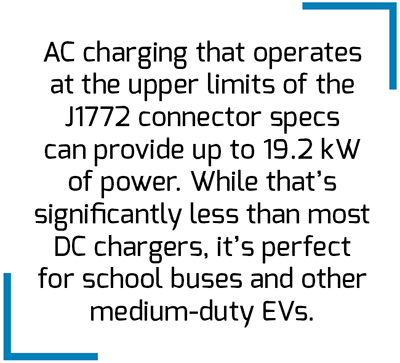
However, while EV drivers and public charging networks are rapidly embracing ultra-fast DC fast charging, Williams is telling medium-duty EV fleet operators that there may be a better solution. He calls it AC fast charging, or AC charging that operates at the upper limits of the J1772 connector specs. With an output current up to 80 A, Level 2 AC fast chargers can provide 19.2 kW of power. While that’s significantly less than most DC chargers, Williams argues that it’s perfect for school buses and other medium-duty EVs.
“Level 2 chargers with 80 A of output can recharge a big Type D bus with a 150 kWh battery in around 9 hours, perfect for overnight charging,” Williams explained.
The salient fact about school buses, delivery vans and many other medium-duty fleet vehicles is that they’re predictable. A school bus drives relatively short distances (typically less than 75 miles) at moderate speeds, makes frequent stops to pick up or drop off passengers, then returns to a centralized depot. Delivery vans operate in a similar fashion.
“This is an ideal profile for the application of electric drive technology and what we’re calling AC Fast Charging, or ACFC, is absolutely adequate and many times less expensive than installing a DC fast charger,” Williams said.
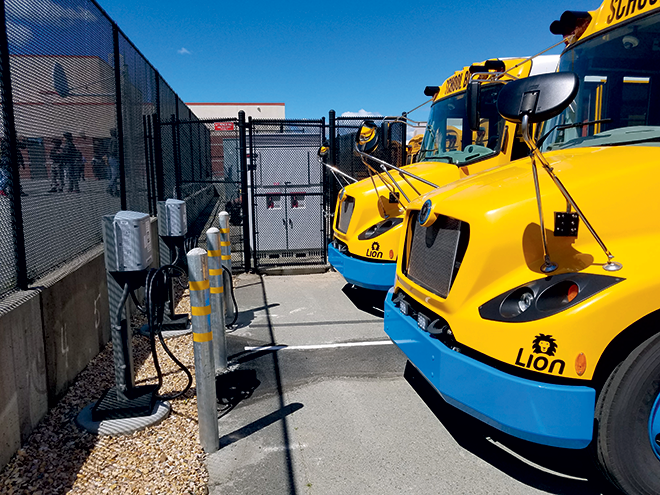
A push for EV fleets
In 2017, the state of California allocated 75 million dollars to the California Energy Commission’s School Bus Replacement Program. This money, offered to public schools throughout the state, aims to replace old diesel-powered school buses with electric alternatives. Thanks to this program, the funding for 243 electric buses was awarded to schools throughout California.
Residents of Colorado are also pushing to electrify the more than 4,000 school buses powered by diesel in their state. In 2018, the Colorado government set aside $18 million to replace approximately 450 state vehicles, including school buses, with electric or alternative fuel vehicles. Fittingly, the money came from Colorado’s share of the Volkswagen settlement for cheating on diesel emissions tests.
Package delivery companies are also turning to electrification. In 2018, Ingka Group, the parent company of furniture giant IKEA, announced plans to use EVs for all its last-mile deliveries as early as 2025. Earlier this year, the company revealed that it has already met this goal in its Shanghai operations. One of the most popular delivery companies in the world, however, has been far less proactive. In 2018, Amazon announced it had purchased 20,000 Mercedes-Benz vans for its new private delivery fleet. None of the vans were electric. However, Williams predicts that soon, Amazon and other delivery companies may not have this option.
[Update after this article originally appeared in print: Amazon orders 100,000 electric delivery vans from Rivian]
“Regardless of the name on the van, all of these vans are running around doing last-mile delivery, re-stocking all of the local bodegas, the local neighborhood clothes stores and restaurants,” said Williams. “Pretty soon, cities are going to mandate that those switch to electric.”
ACFC hardware
Although AC fast charging seems to be the perfect fit for medium-duty EVs, it’s a niche that’s been ignored by most EV charging hardware providers and network operators.

“Pretty much all the EVSPs never developed Level 2 chargers with more than 40 amps output, because they figured the public really wants DC fast chargers,” Williams explained. “If you’re talking about 15-30 minutes of charging at a rest stop or travel plaza on the way to grandma’s house, they’re right. Who wants to sit in a gas station for several hours?”
“But if you’re a medium-duty delivery van,” he continued, “you’ve got all night to charge up. Quick charge times are of little benefit, especially when you consider the enormous costs to install and supply even one DC fast charger.”
Two EVSE companies in the US that have not ignored this niche are ClipperCreek and WattZilla.
In fact, high-power AC charging has been the core focus of Massachusetts-based WattZilla, which offers products that can charge up to four EVs at 80 A simultaneously.
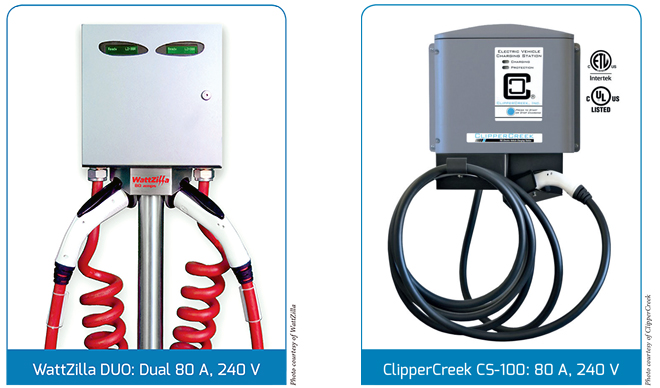
“We sell to a lot to electric school bus users,” WattZilla’s Frank Gangi told Charged. “Also, we’ve had a lot of recent activity with mining companies that buy electric underground mining vehicles. That whole industry is switching over to J1772, and we sell a ton of 80-amp chargers to those folks.”
California-based ClipperCreek also offers a few AC fast charger options. The company’s CS-100 is an 80 A charger with a J1772 connector that can output up to 19.2 kW (in commercial applications, ClipperCreek’s Will Barrett explains, these chargers typically operate at a lower voltage, and deliver about 17 kW).
“We definitely agree that the higher-power Level 2 AC charging solutions can be a really good fit for a lot of medium-duty applications,” said Barrett.
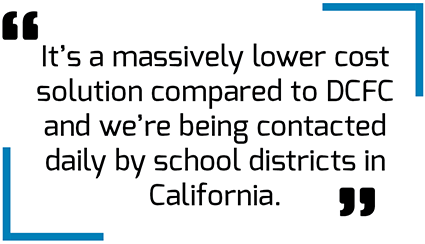
ClipperCreek also offers the HCS-80, a 64-amp AC charger. It has a smaller footprint and lower cost than the CS-100 models, though it delivers less power. Notwithstanding, Barrett says it’s still a practical and popular option for many medium-duty EVs.
Both ClipperCreek and Wattzilla also have three-phase AC charging products that can increase the power output to levels that approach the lower end of DC fast charging options. However, three-phase AC requires a different, larger connector than the popular J1772 connection.
“There are a couple of medium-duty vehicles out there that utilize that three-phase AC charging,” said Barrett. “We can get up into a power range that’s similar to lower-power DC fast charging (28 to 33 kW), but at a much more compelling price point from a hardware standpoint.”
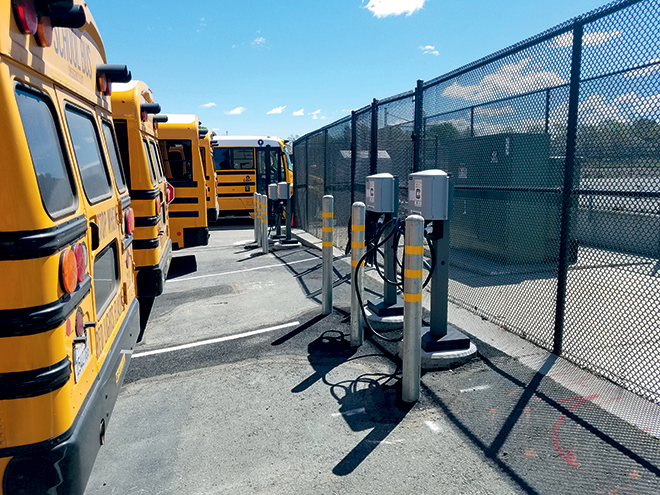
Forest Williams points out two other ACFC options: BTCPower manufactures a 70-amp AC charger with a 16.8 kW output, and Sun Country Highway offers a 70/80-amp selectable AC charger called the SCH100. However, with these four companies, the list of J1772 AC fast charger providers in North America is nearly complete. Williams suggests that, in the coming years, that list may grow: “I suspect that over time, schools and delivery van people would like to have more options.”
Don’t miss the bus
Williams is betting that the early adopters of electric school buses, delivery vans, and other medium-duty EVs will understand the advantages of AC fast charging. In his work with Liberty PlugIns, he’s noticed that demand for AC fast charging is on the rise.
“It’s a massively lower-cost solution compared to DCFC and we’re being contacted daily by school districts in California who just received grants for two, three, four or five buses. Next year it will be the independent last-mile delivery fleets competing for Amazon’s delivery contracts in the wake of FedEx’s recent decision to end its relationship with Amazon.”
This article appeared in Charged Issue 45 – September/October 2019 – Subscribe now.






